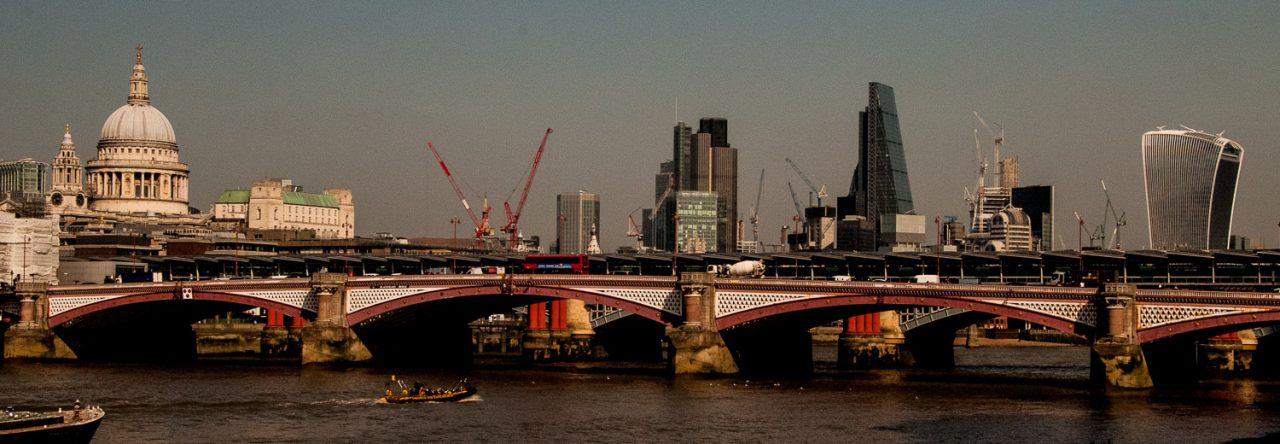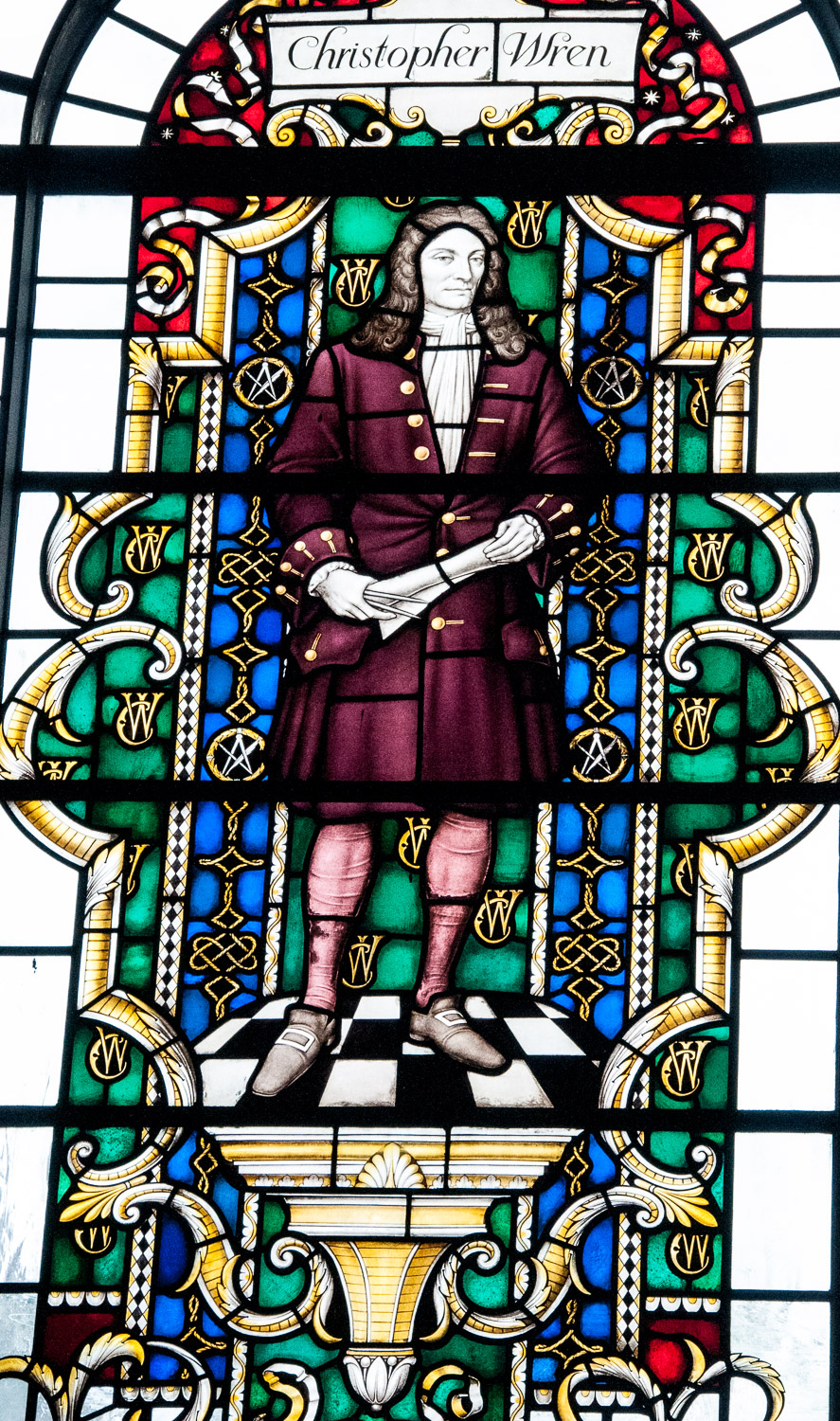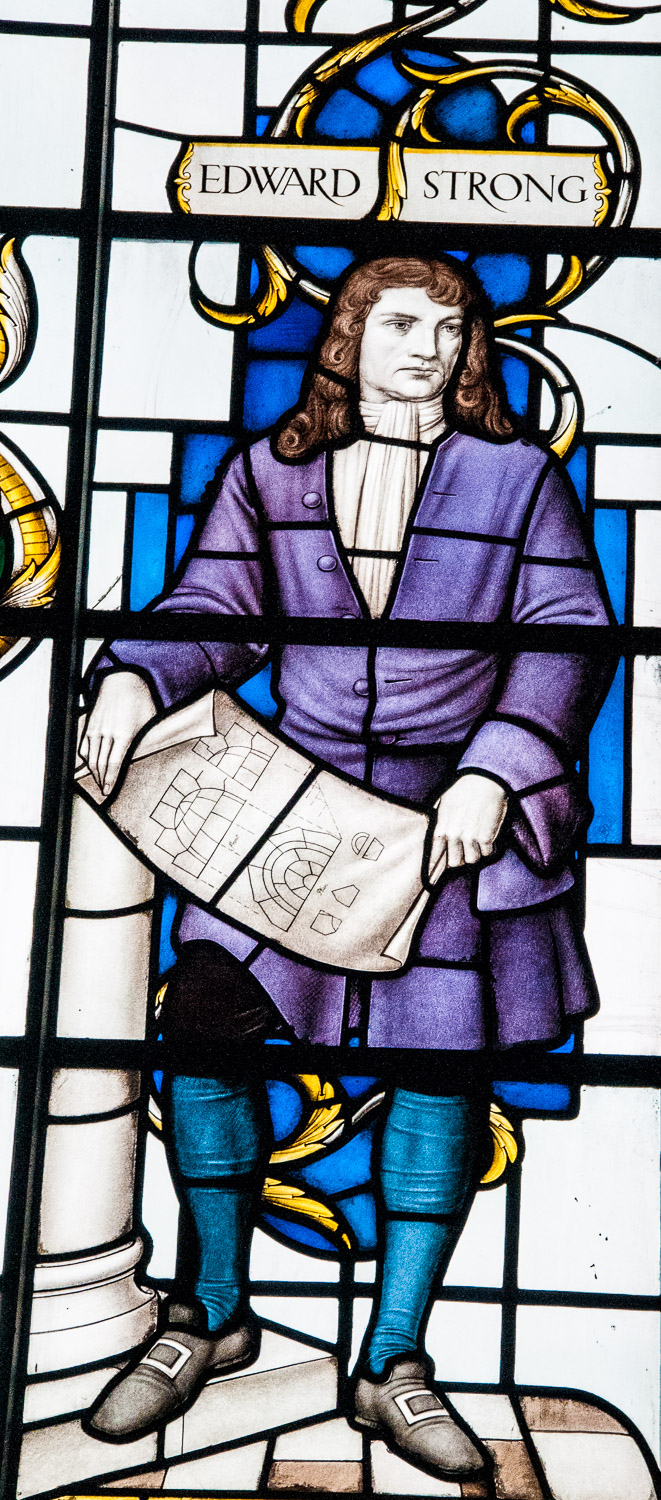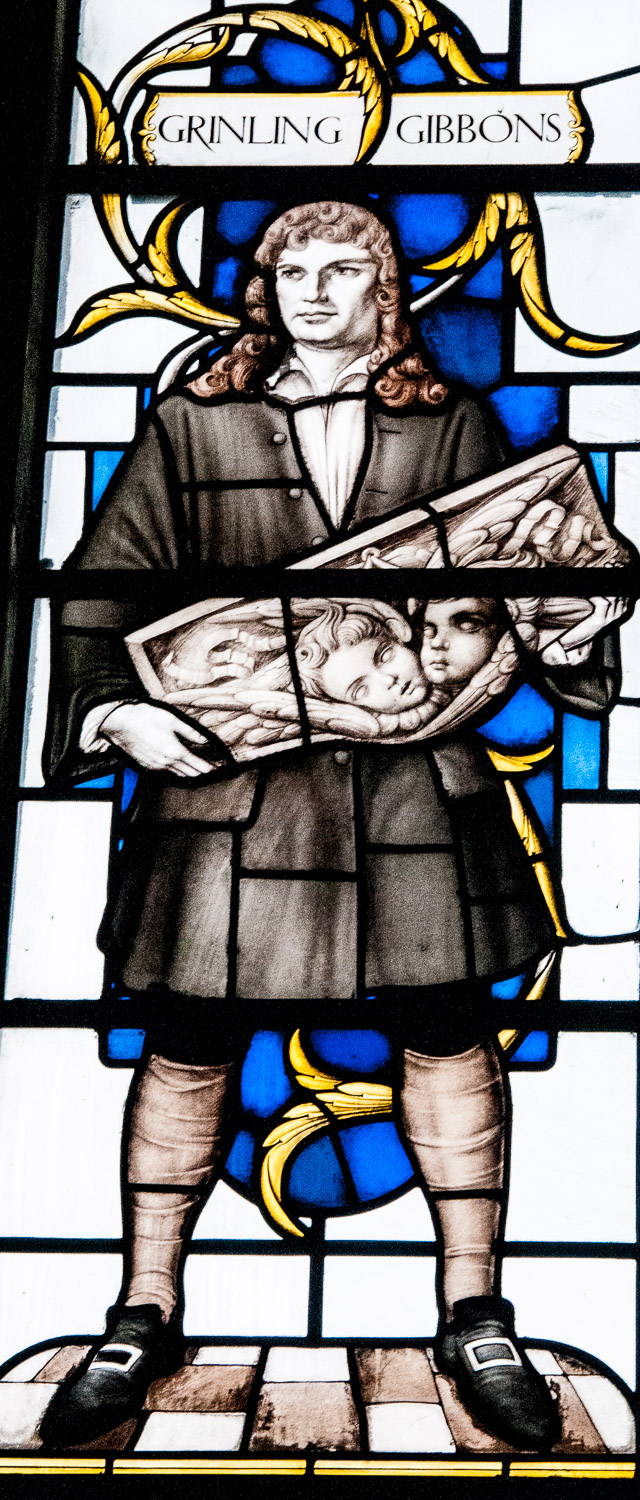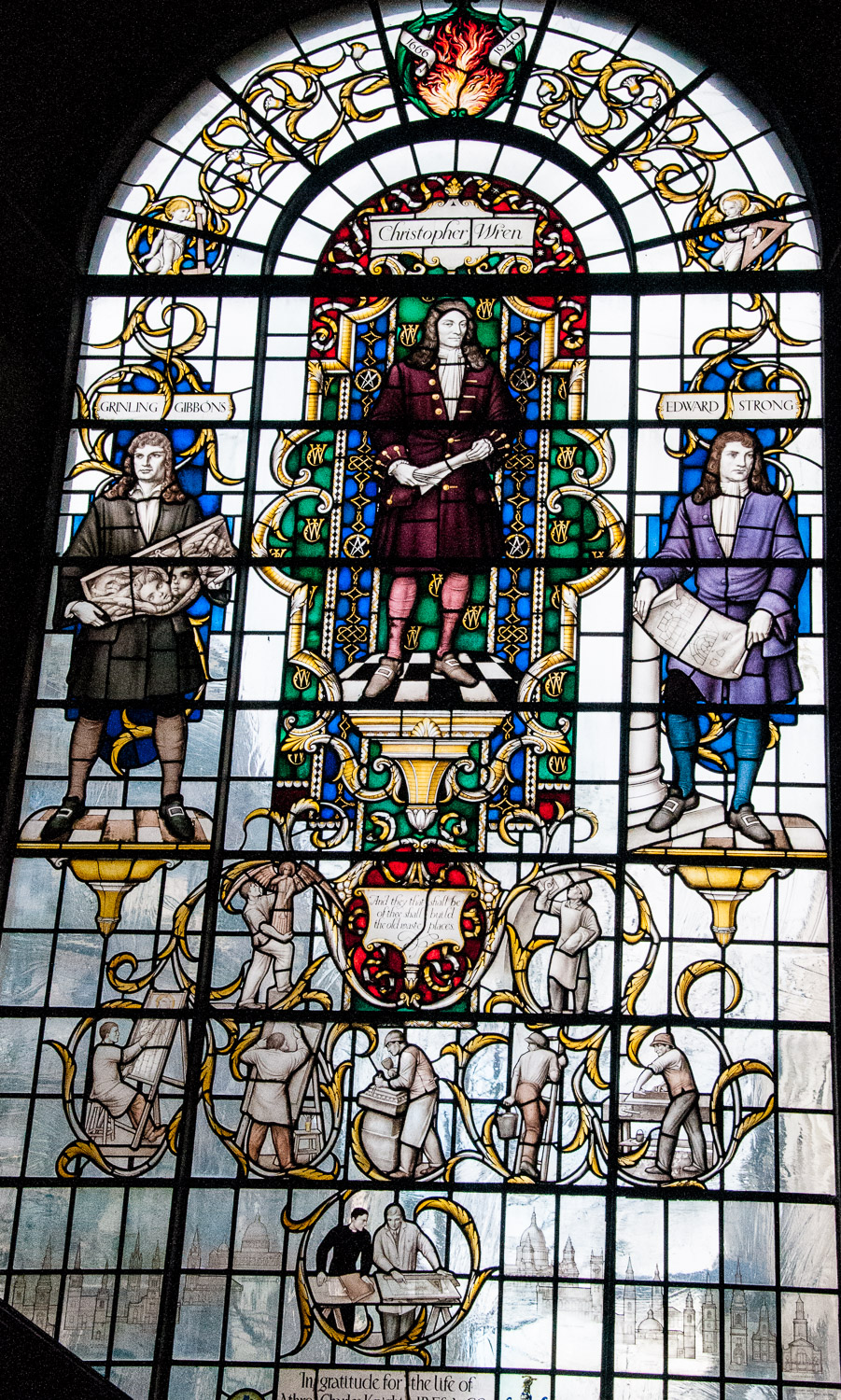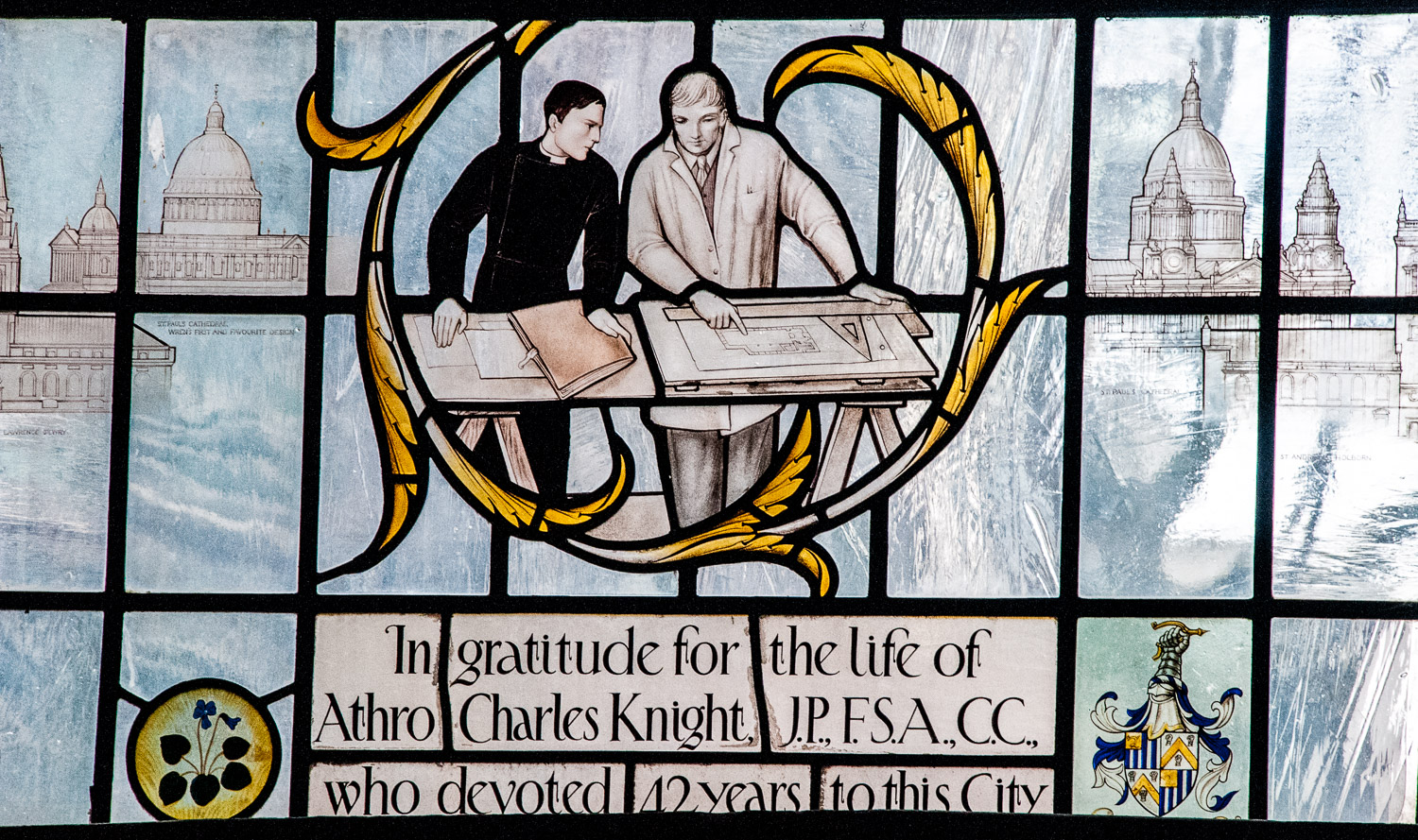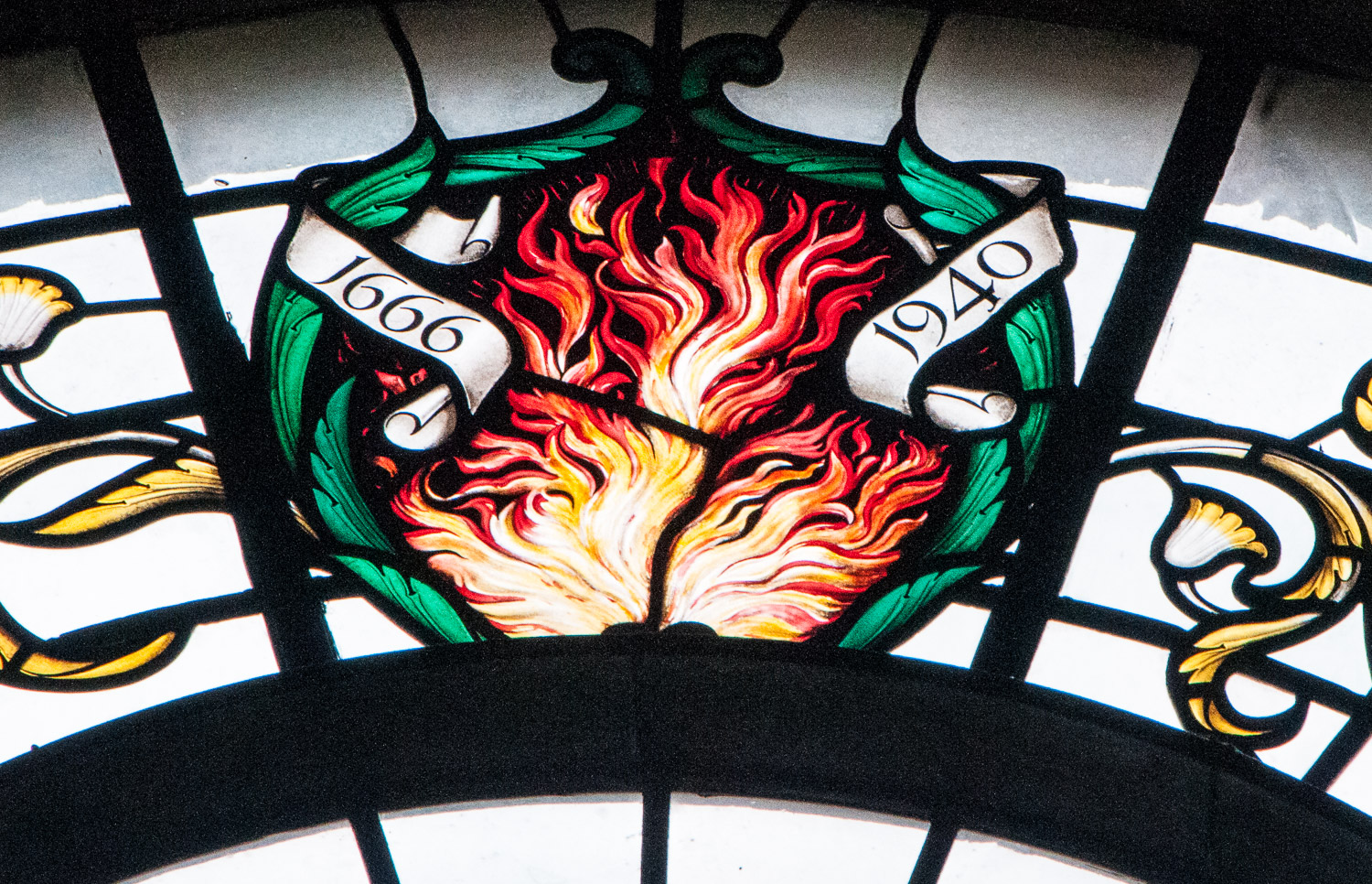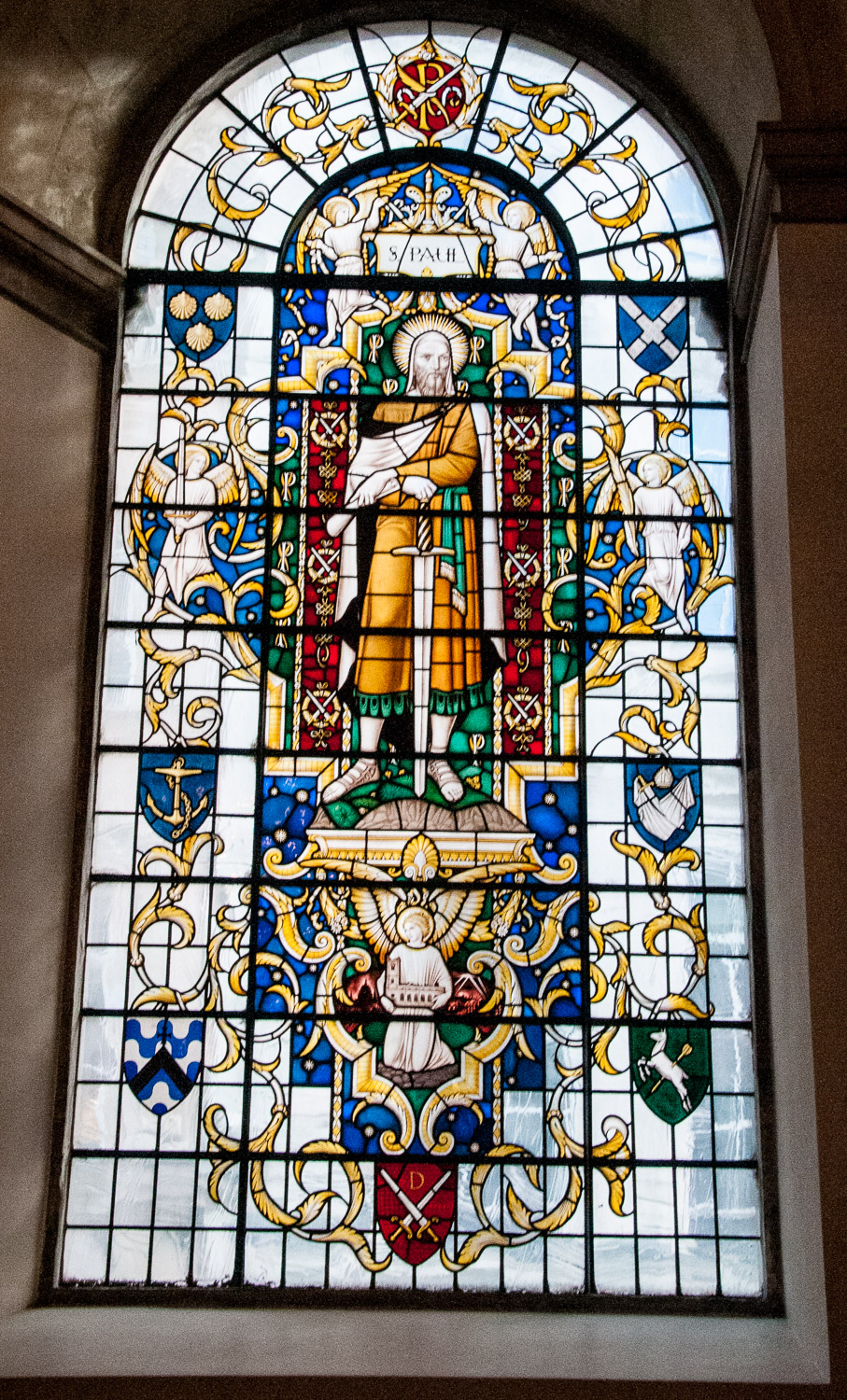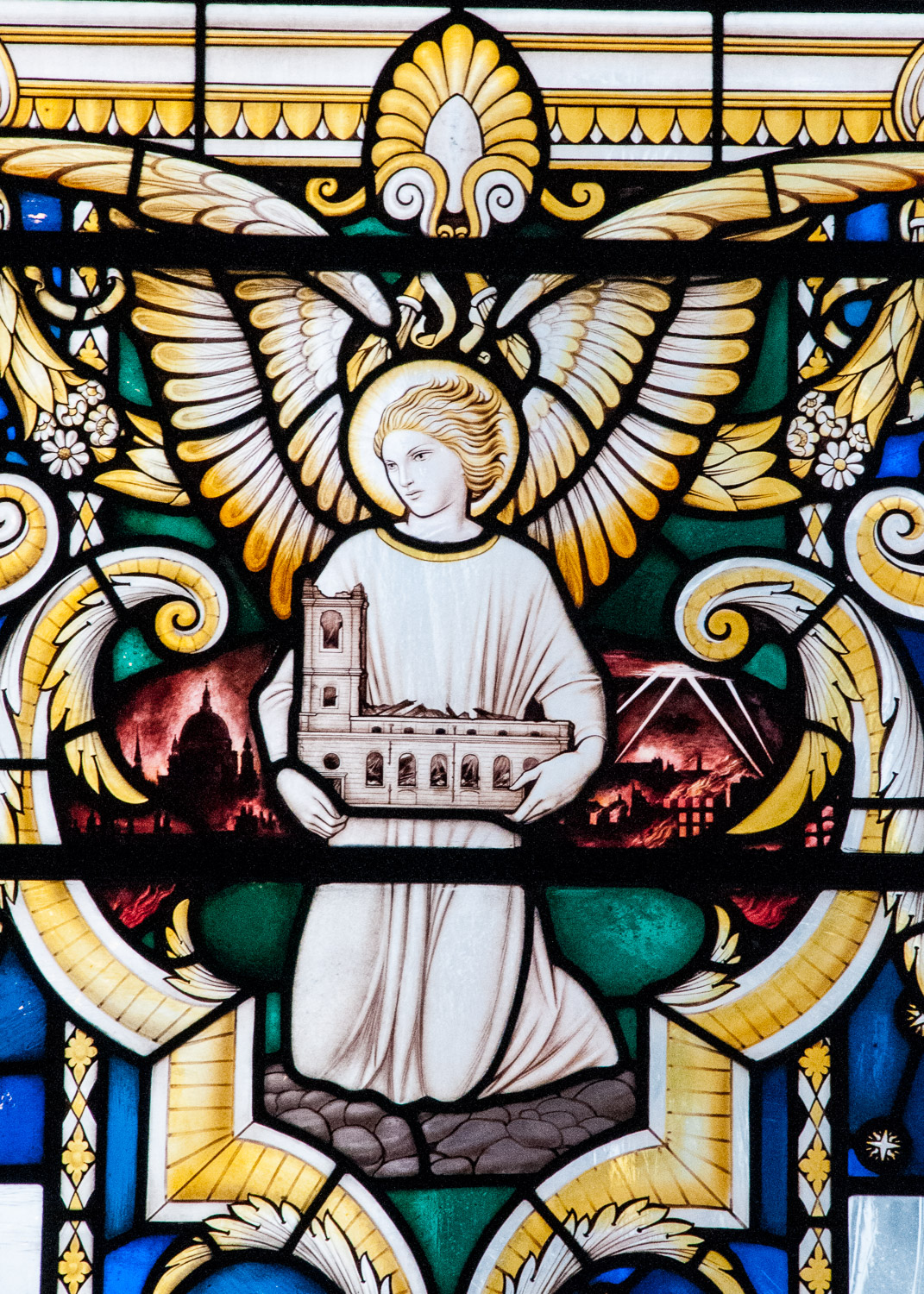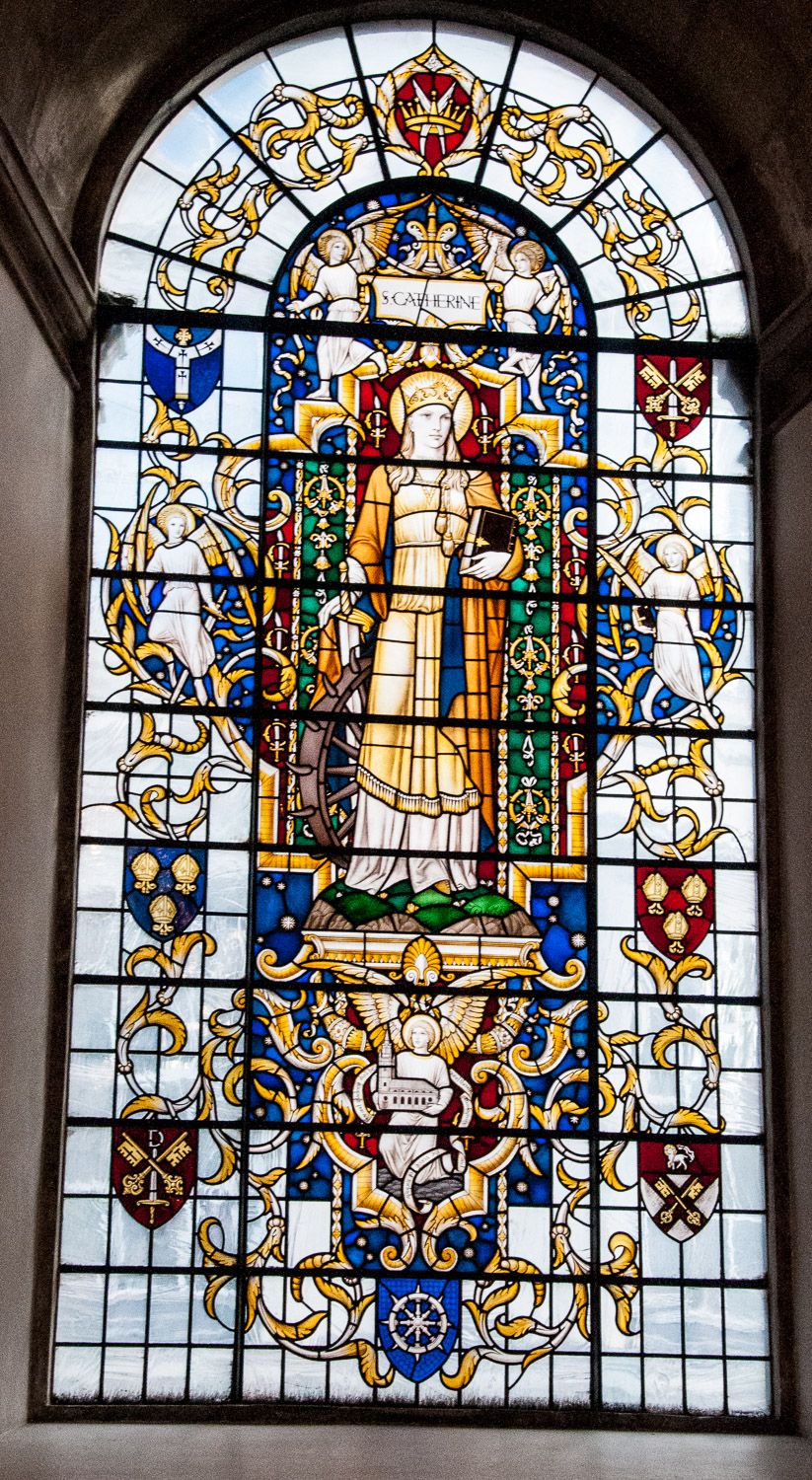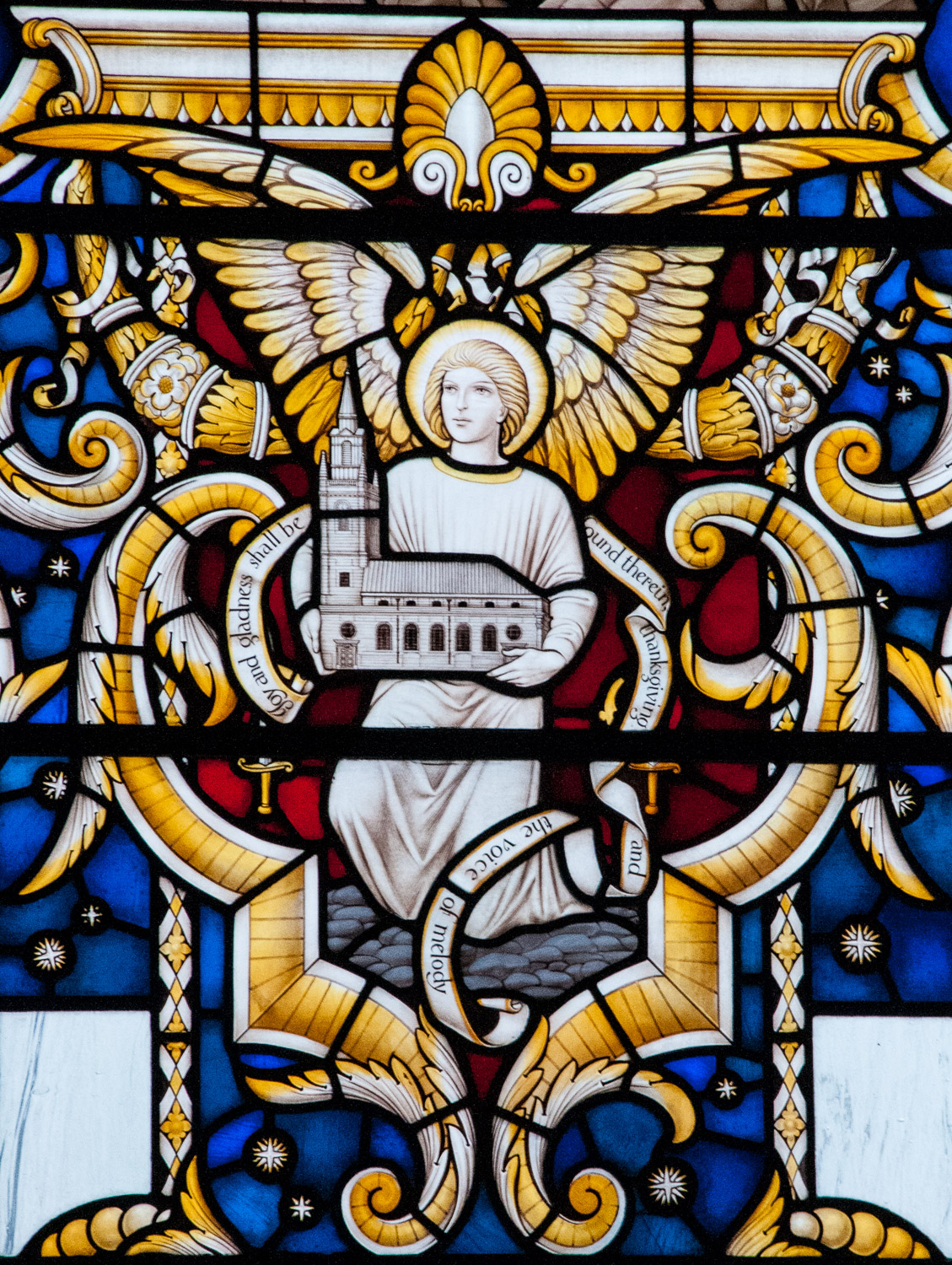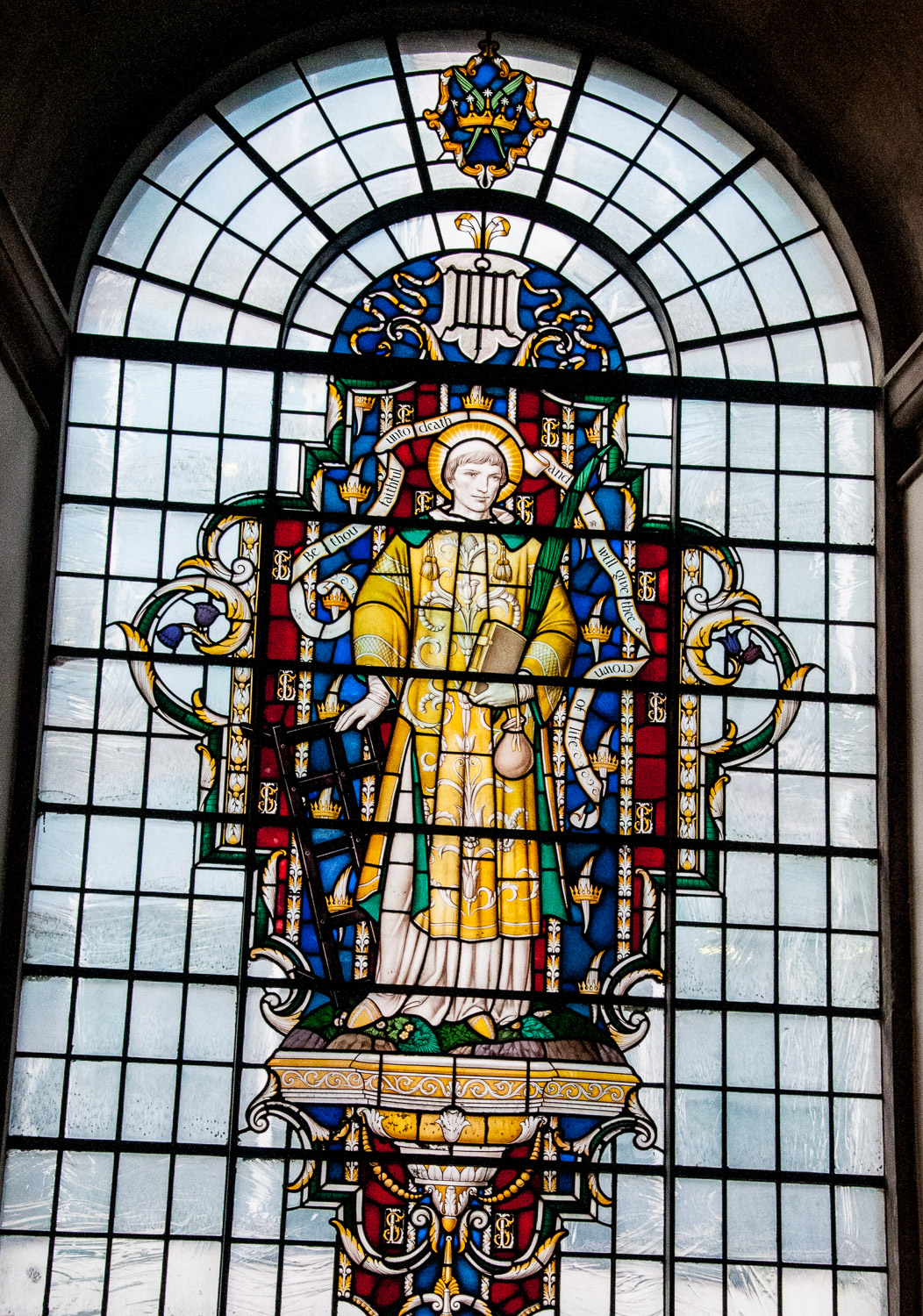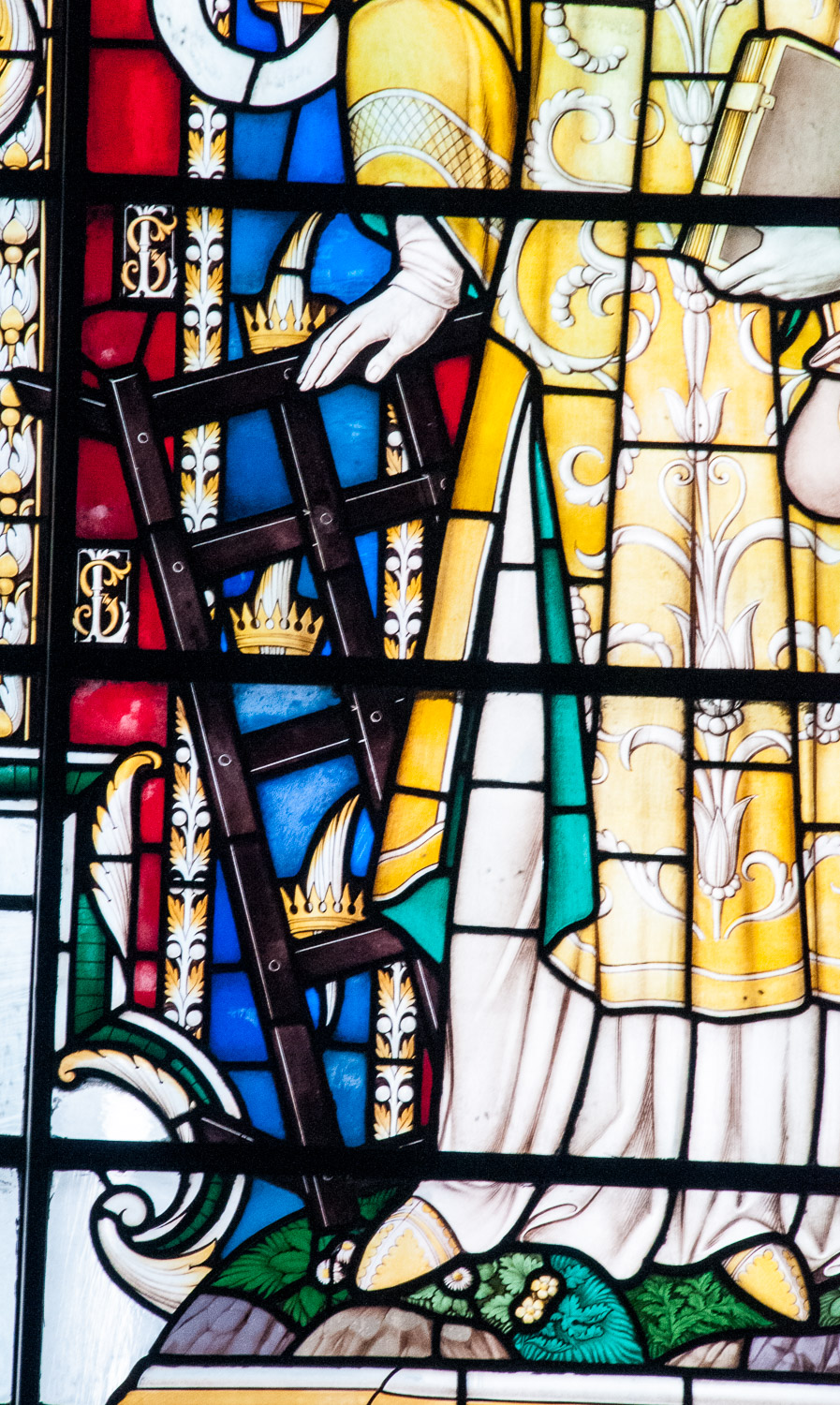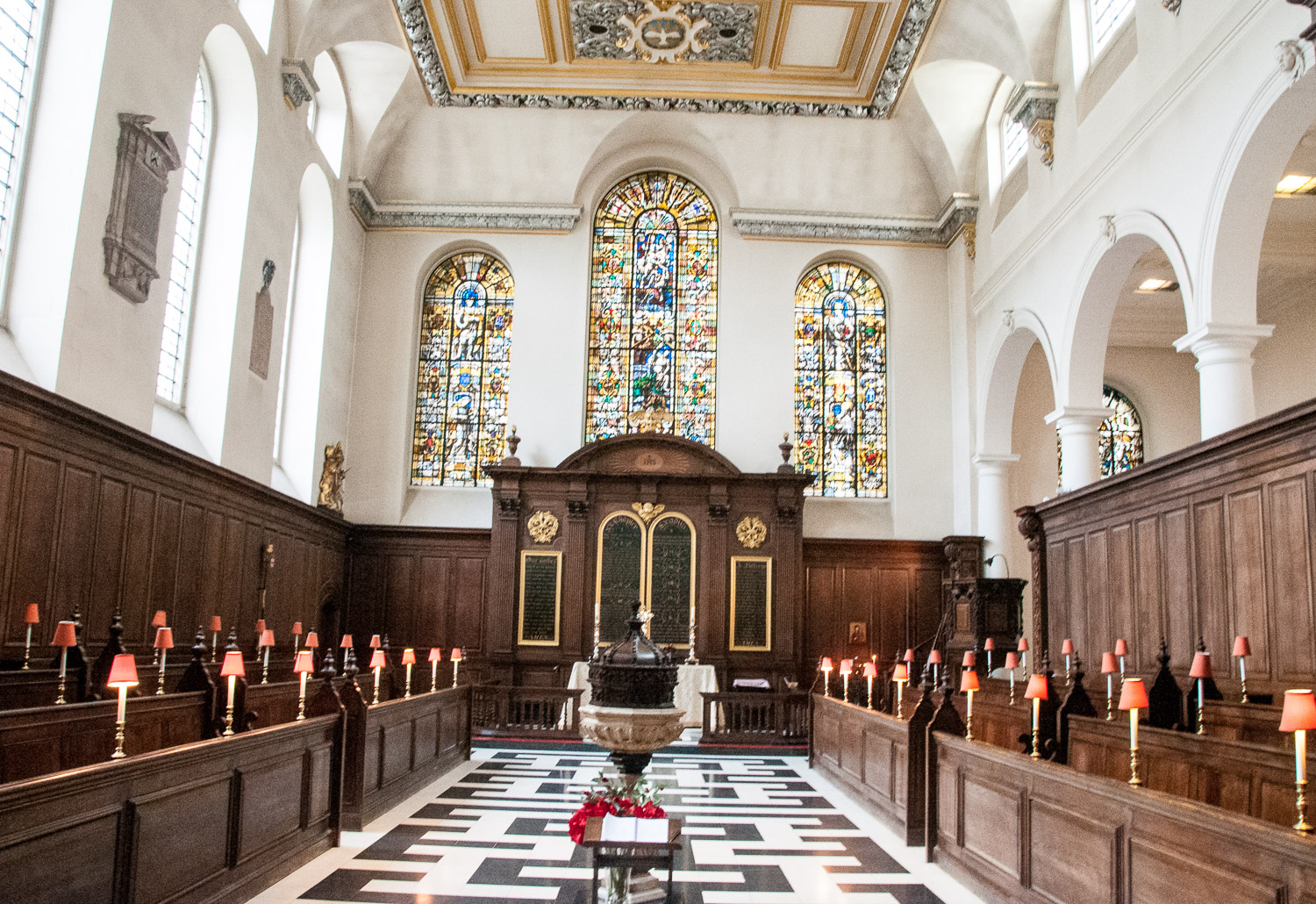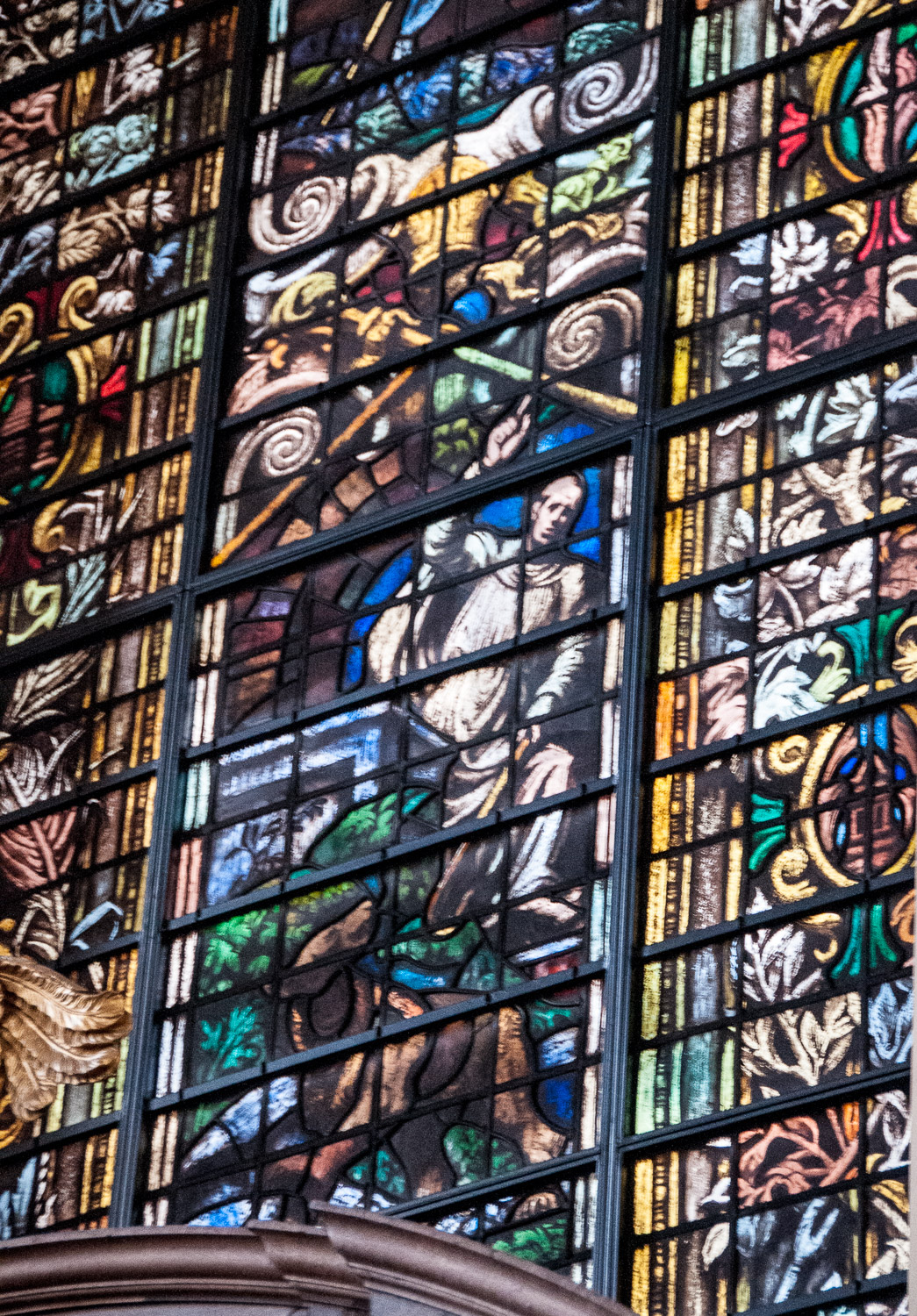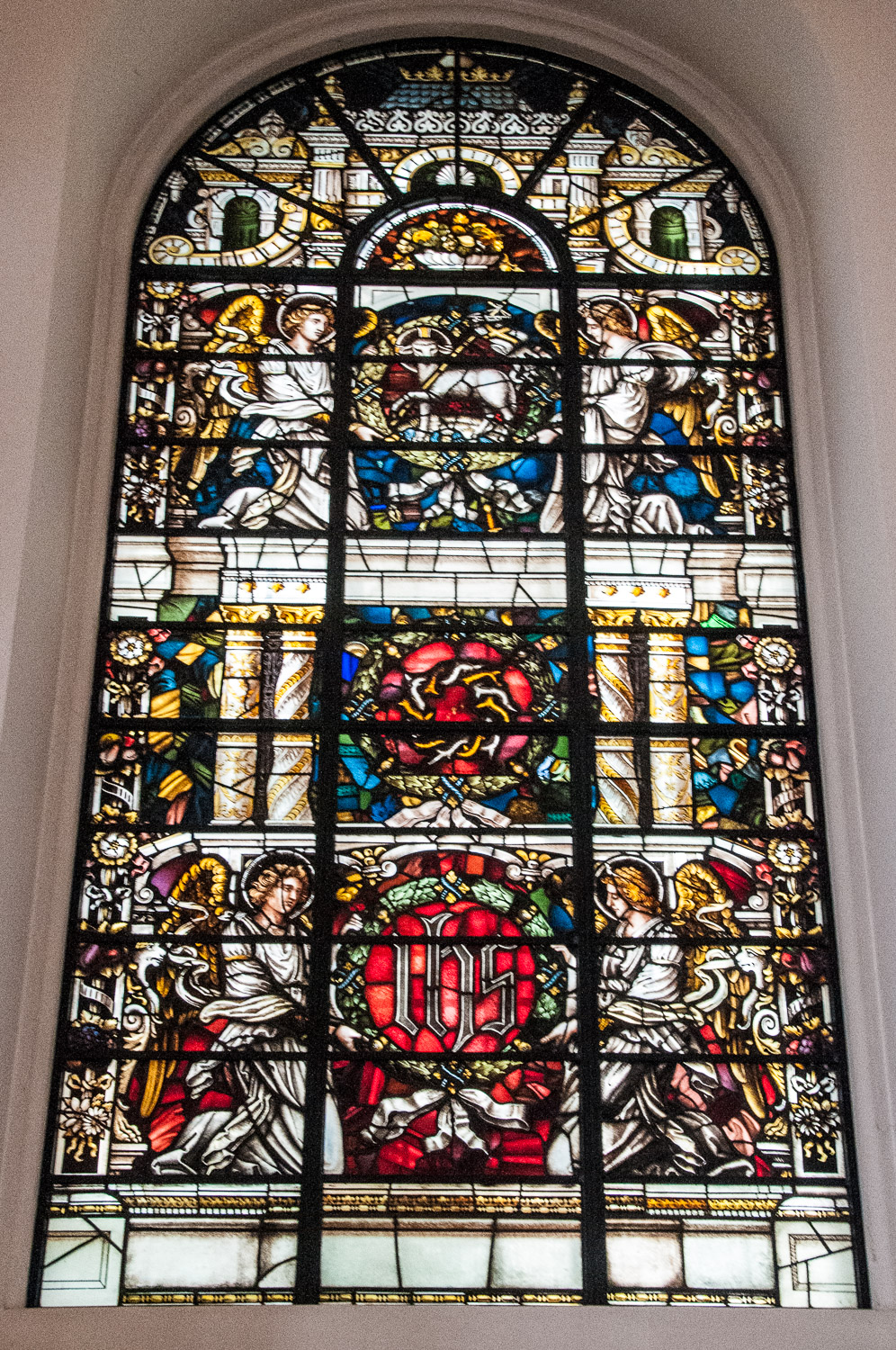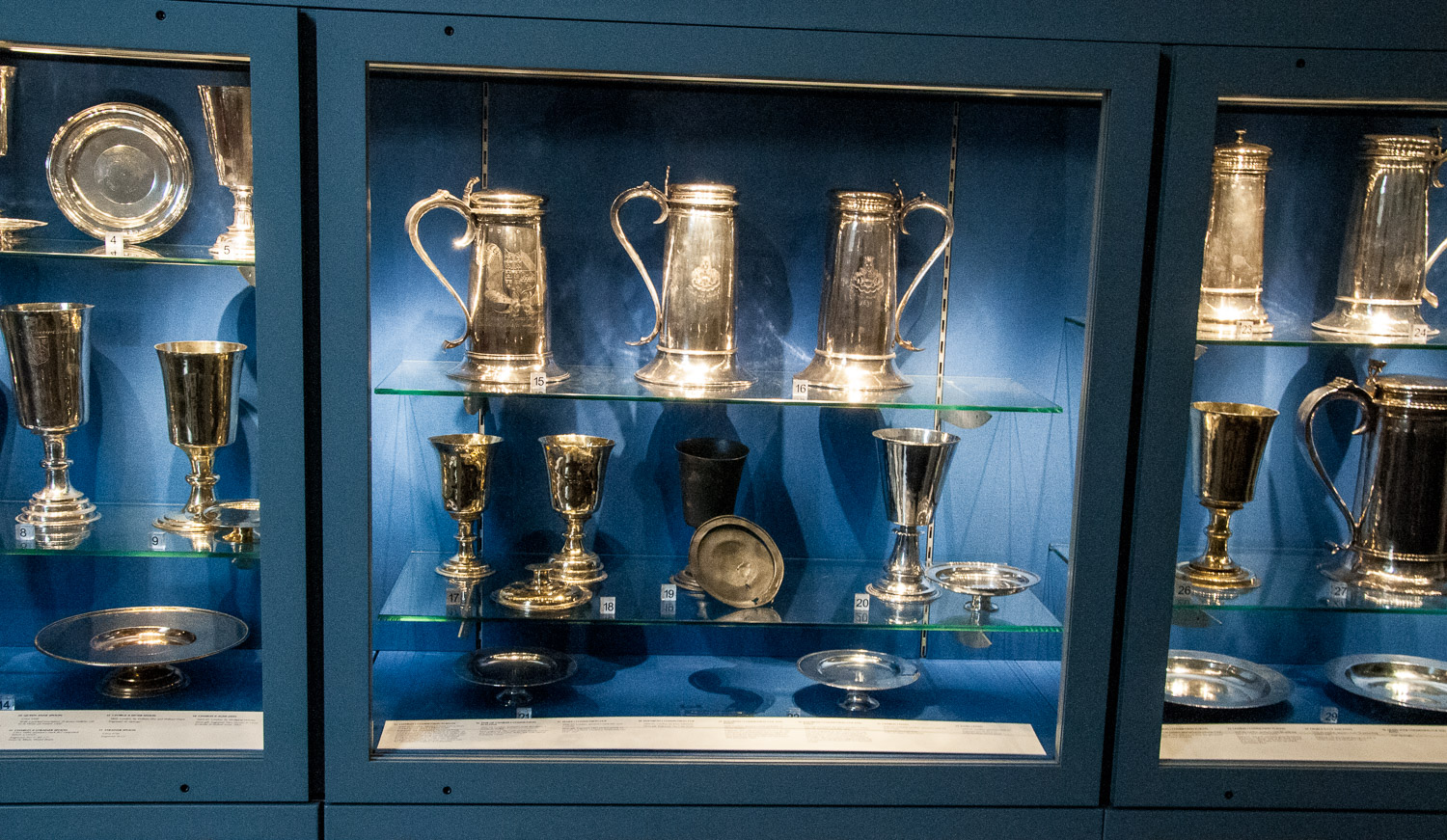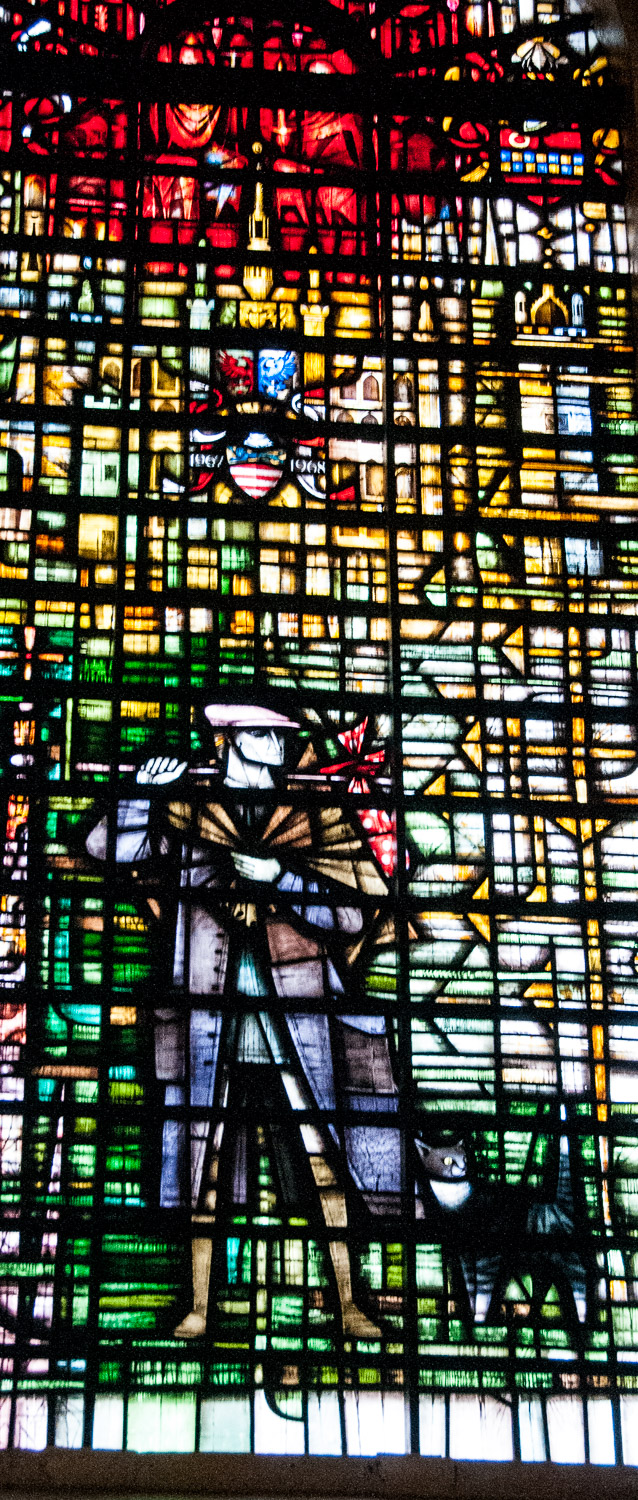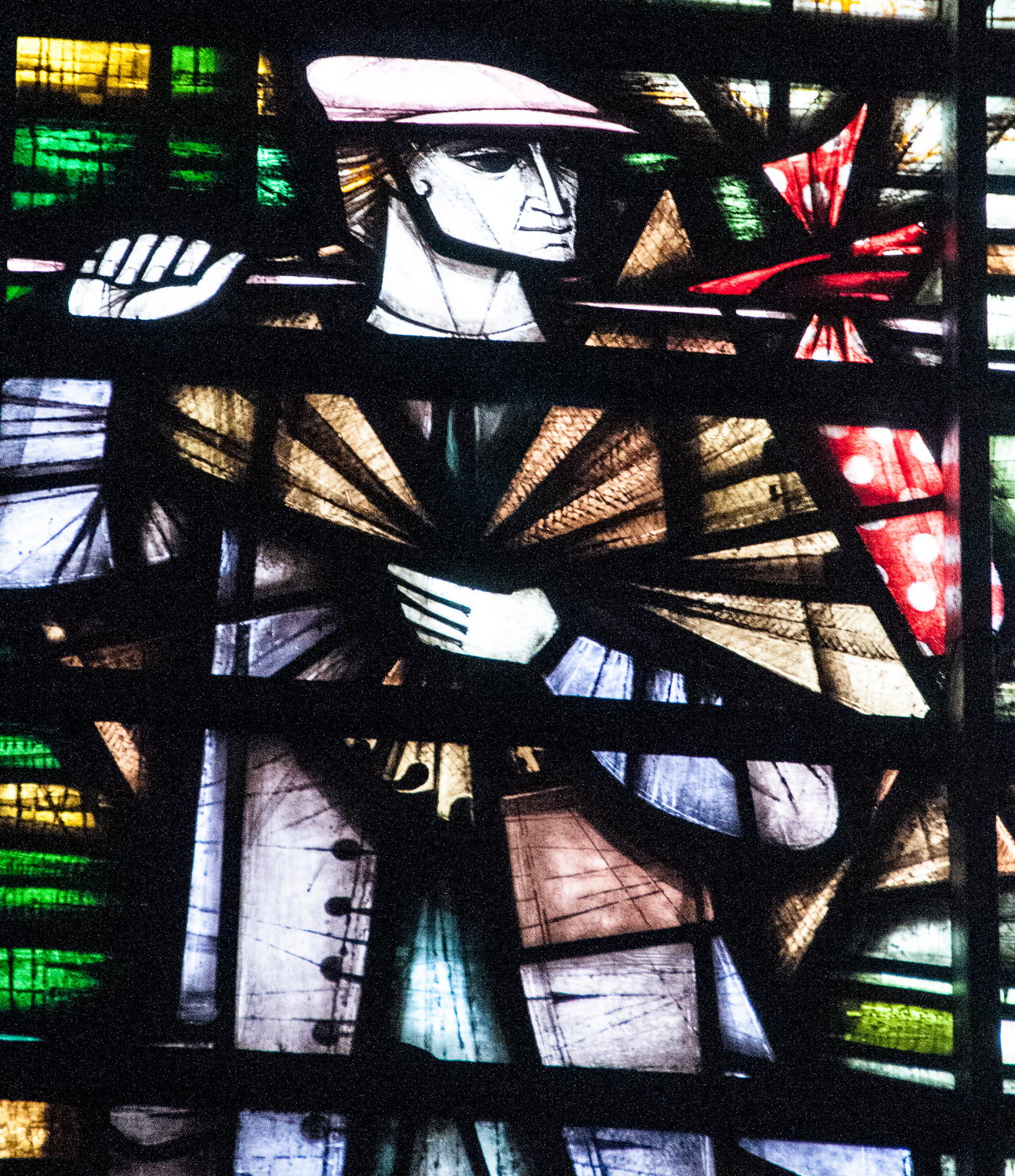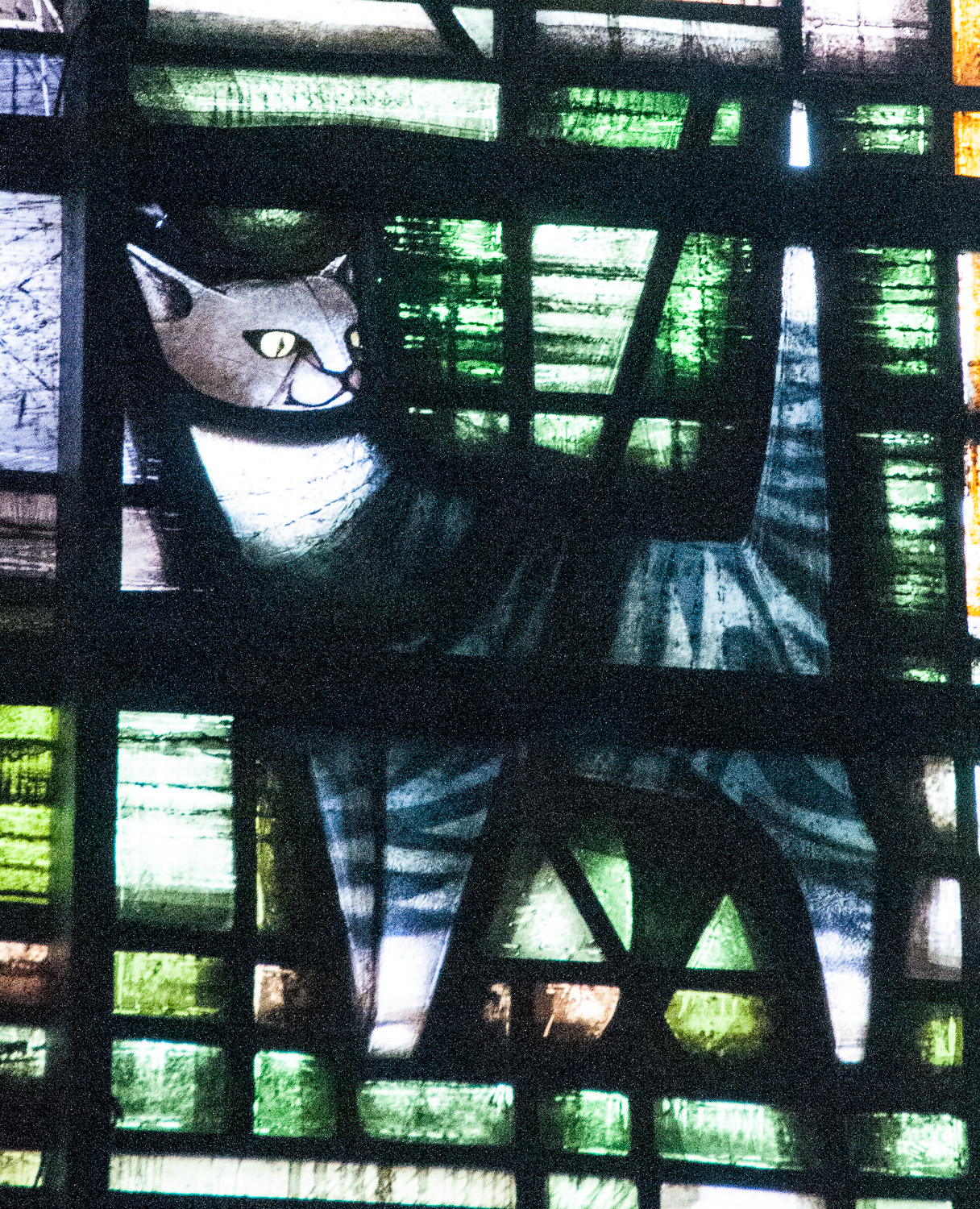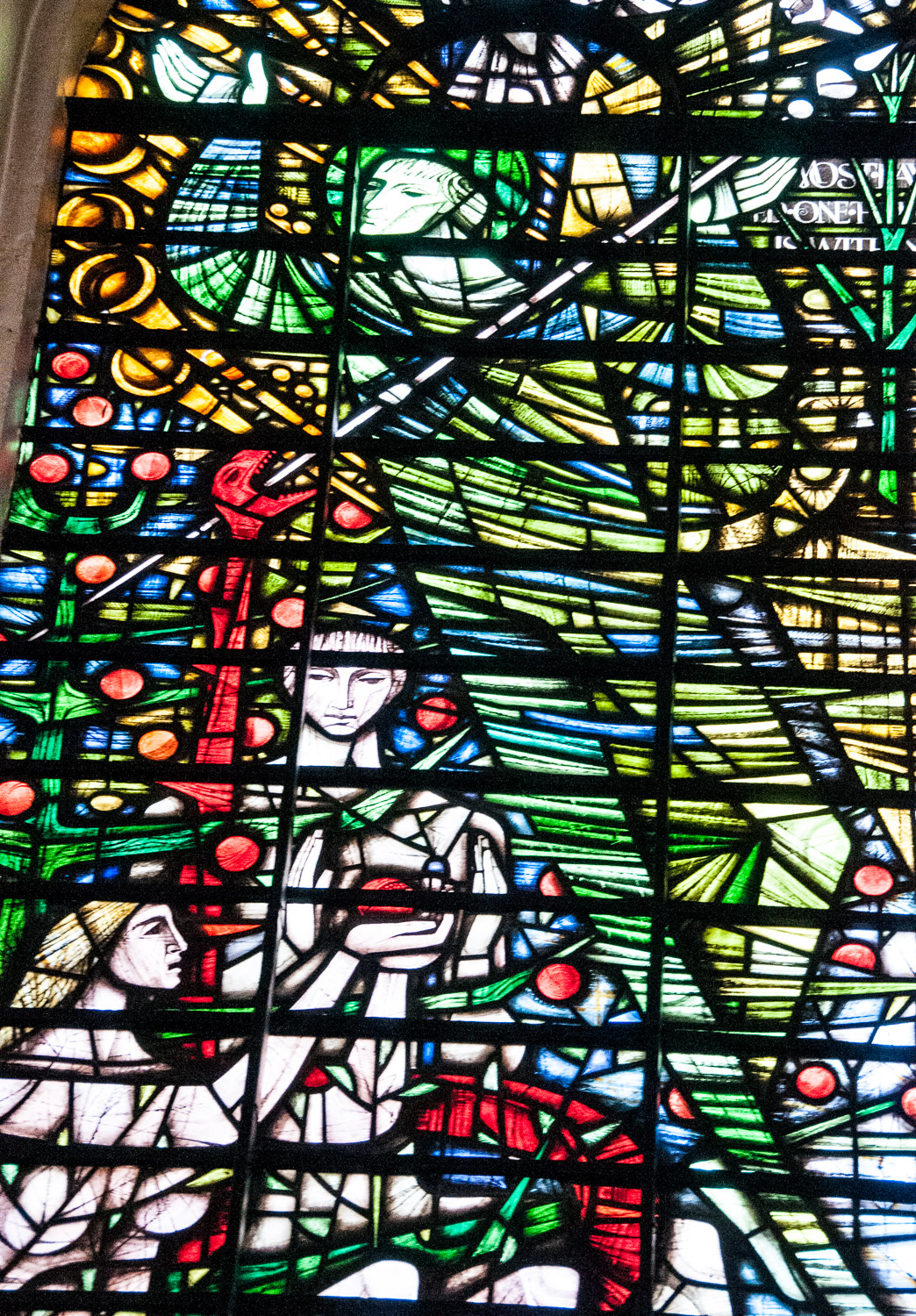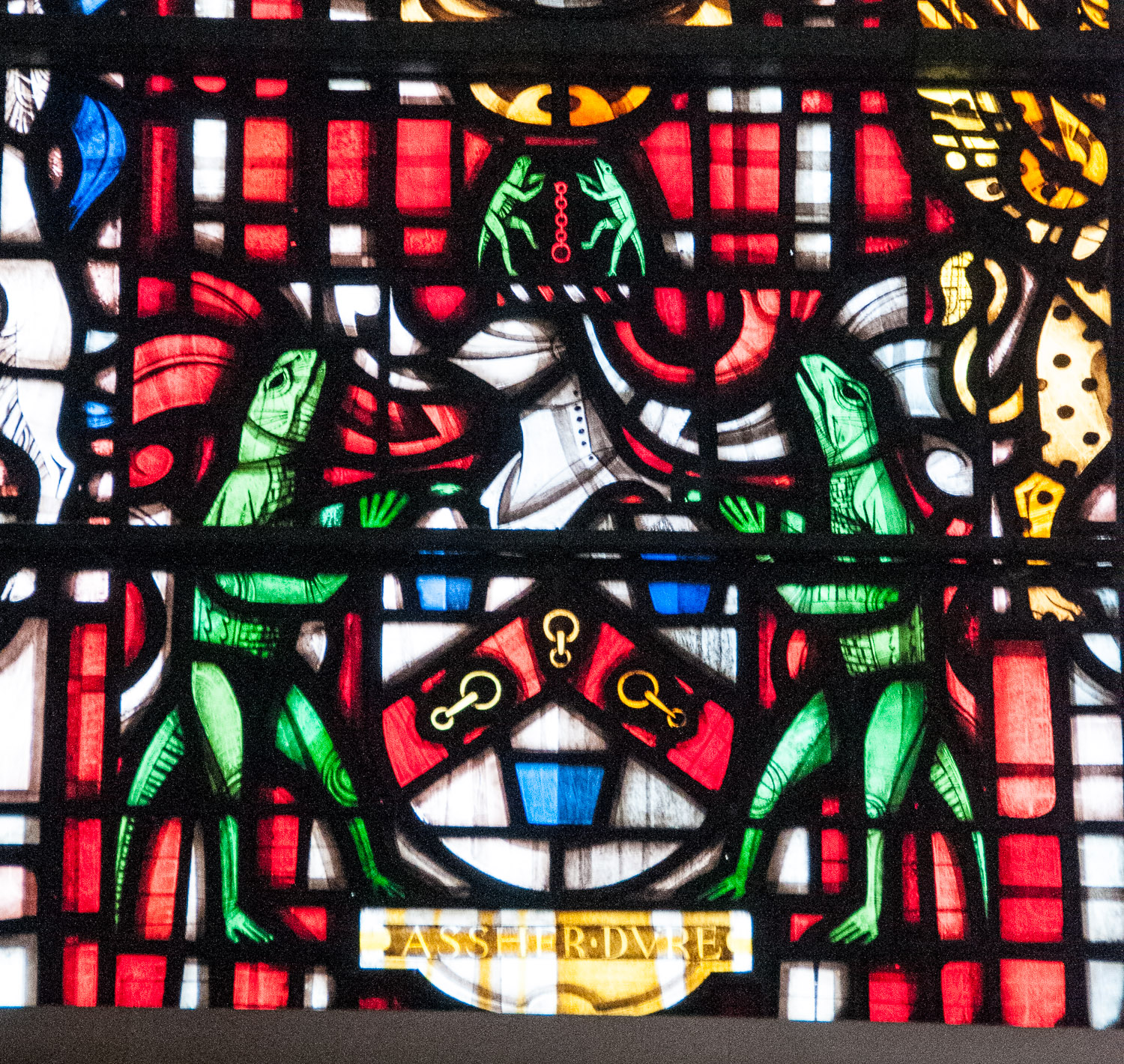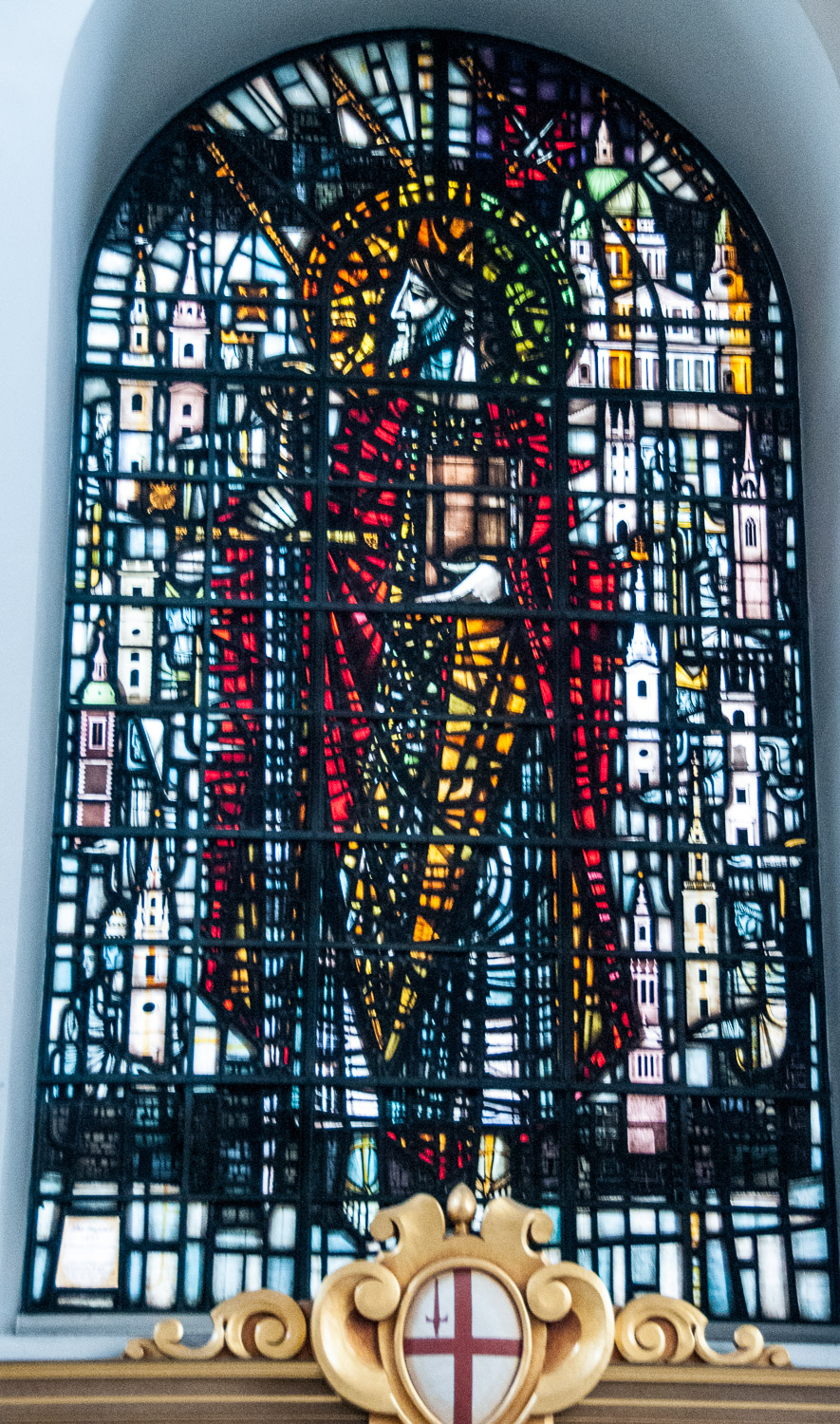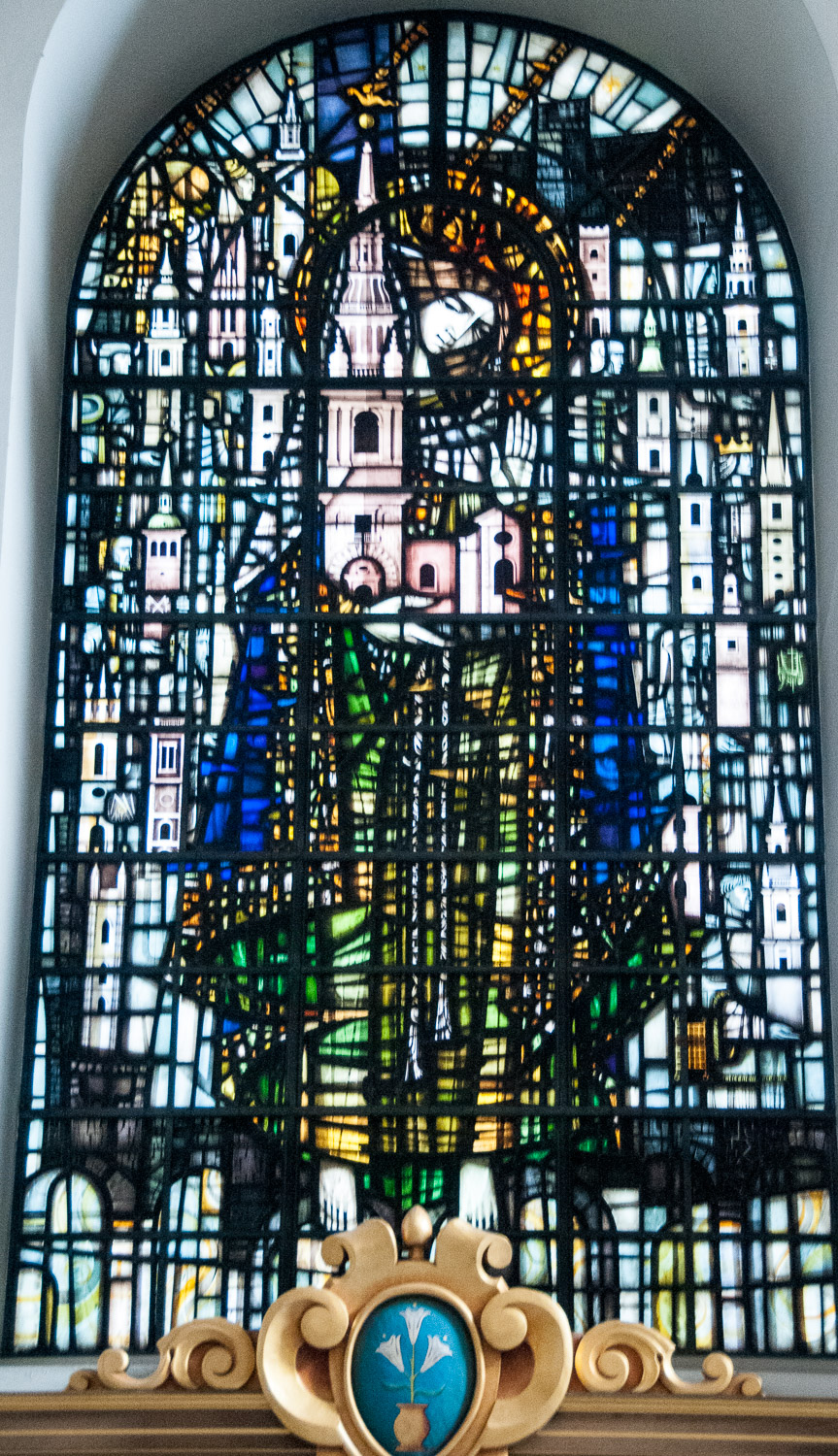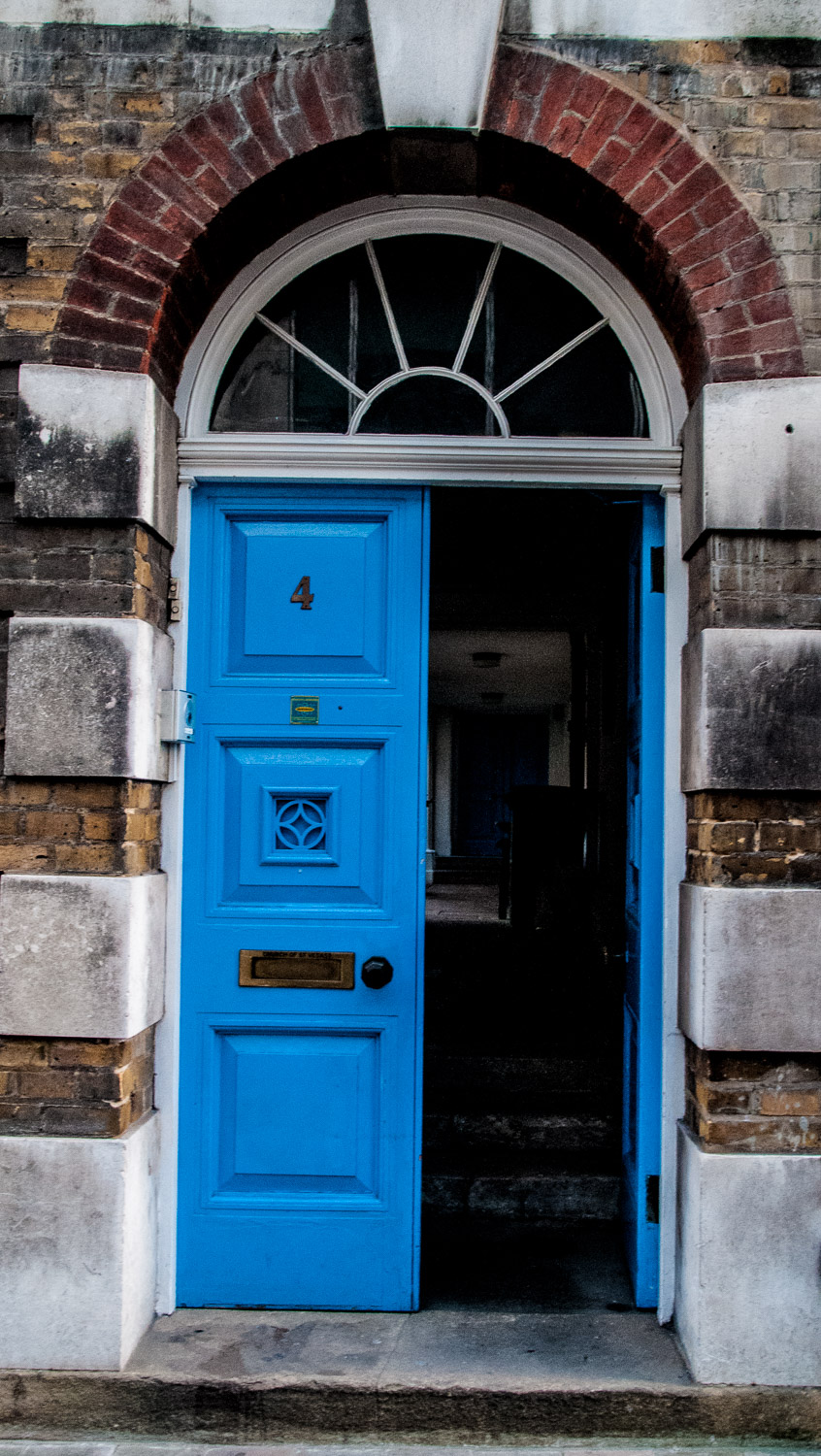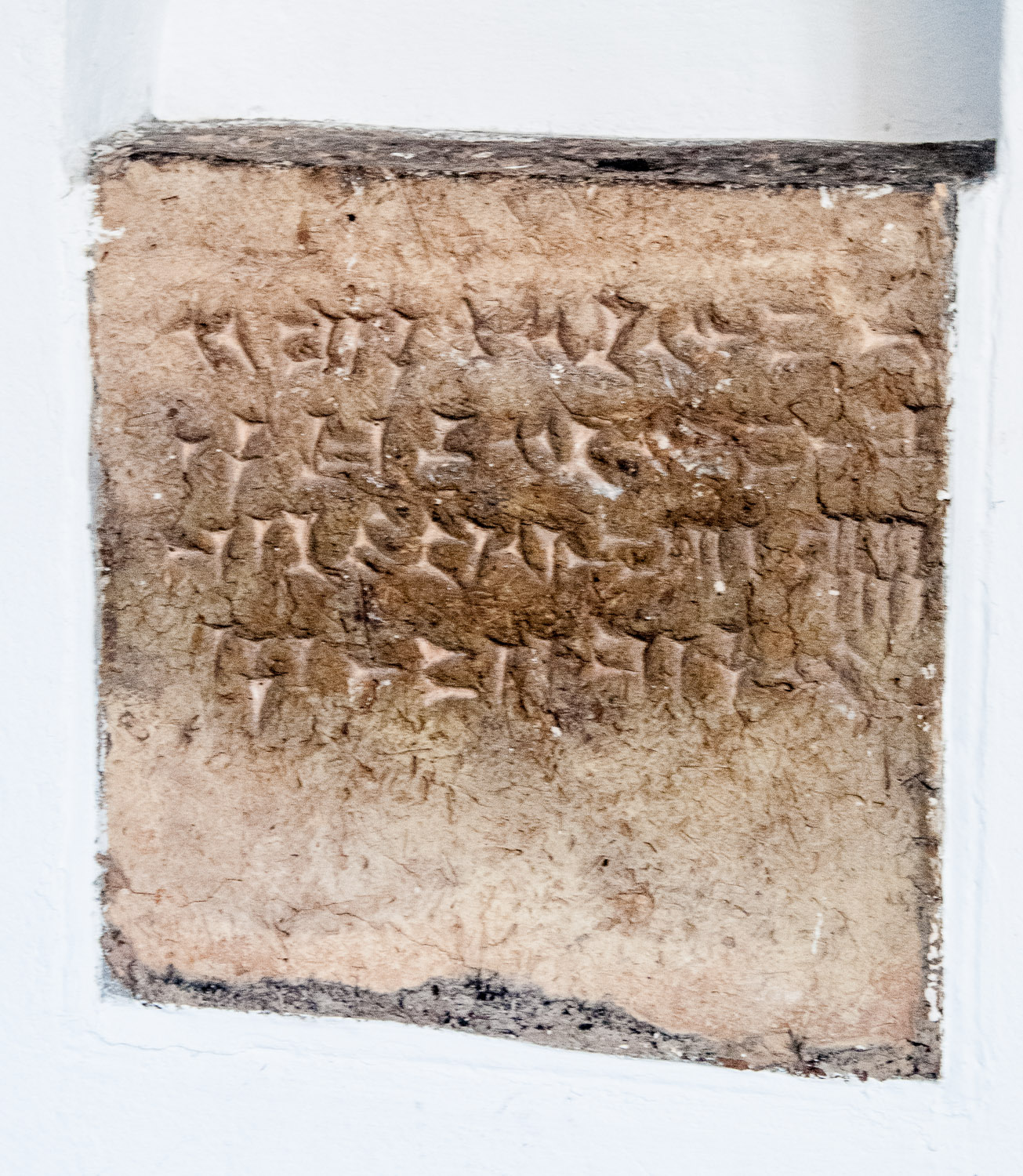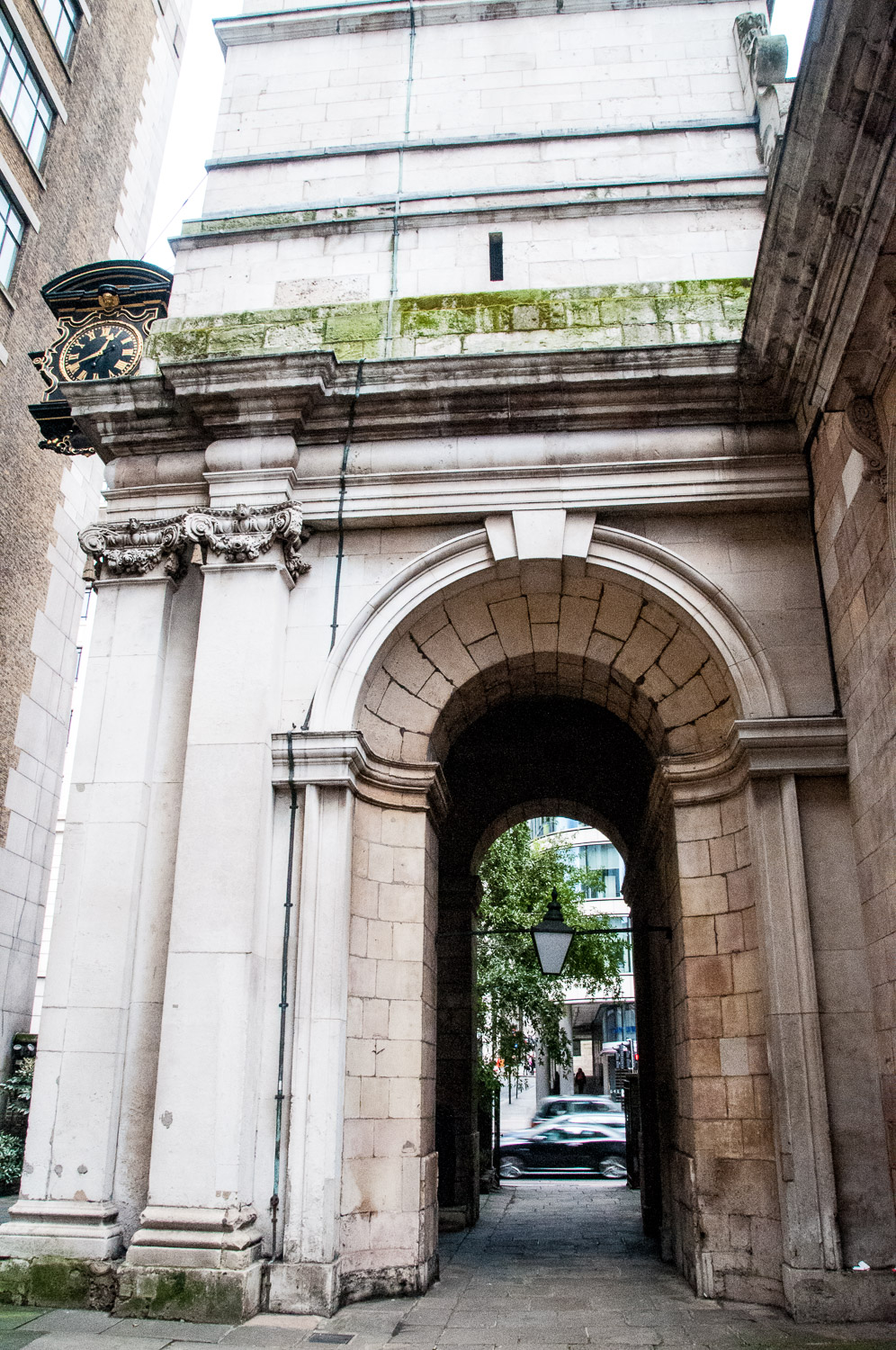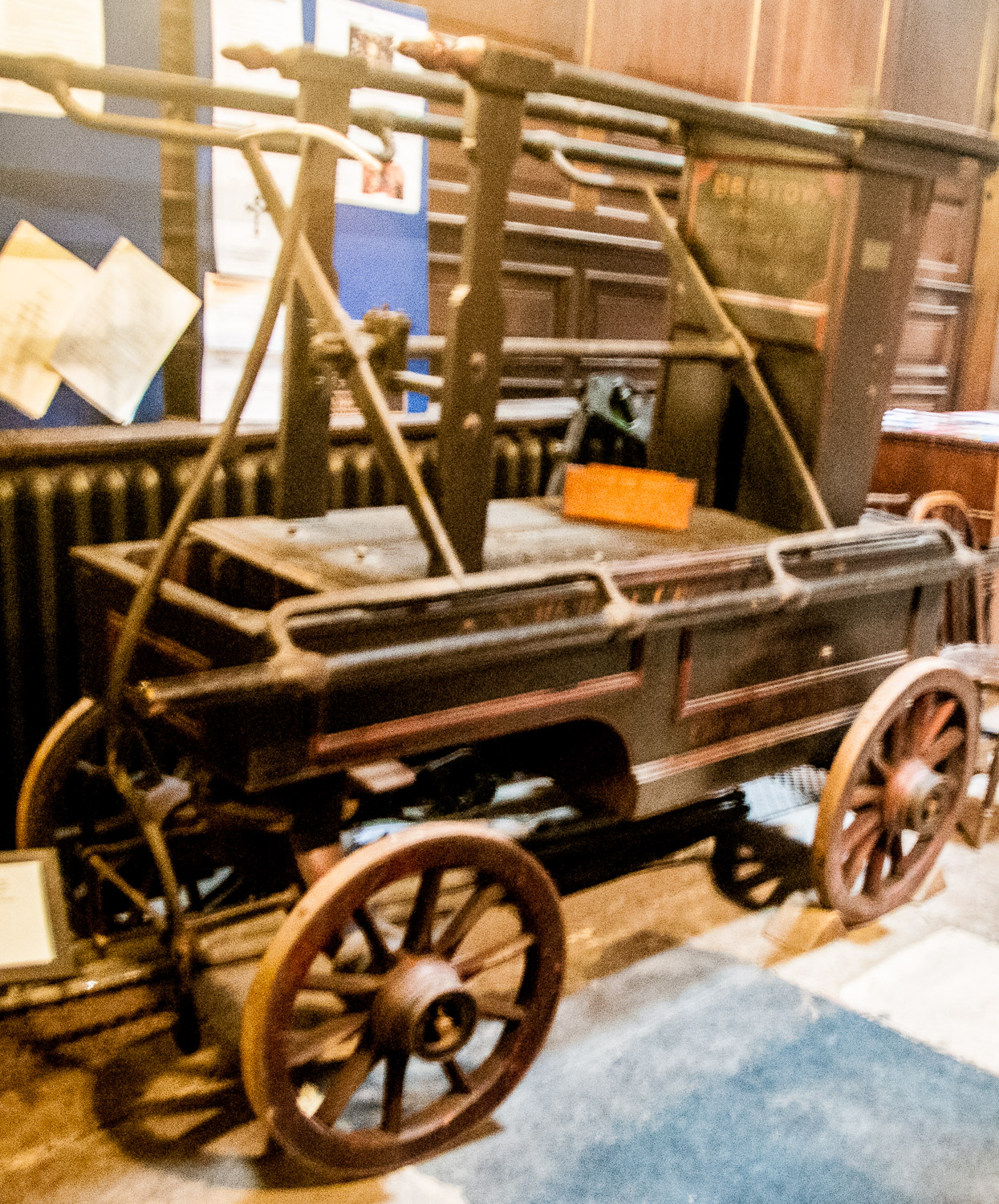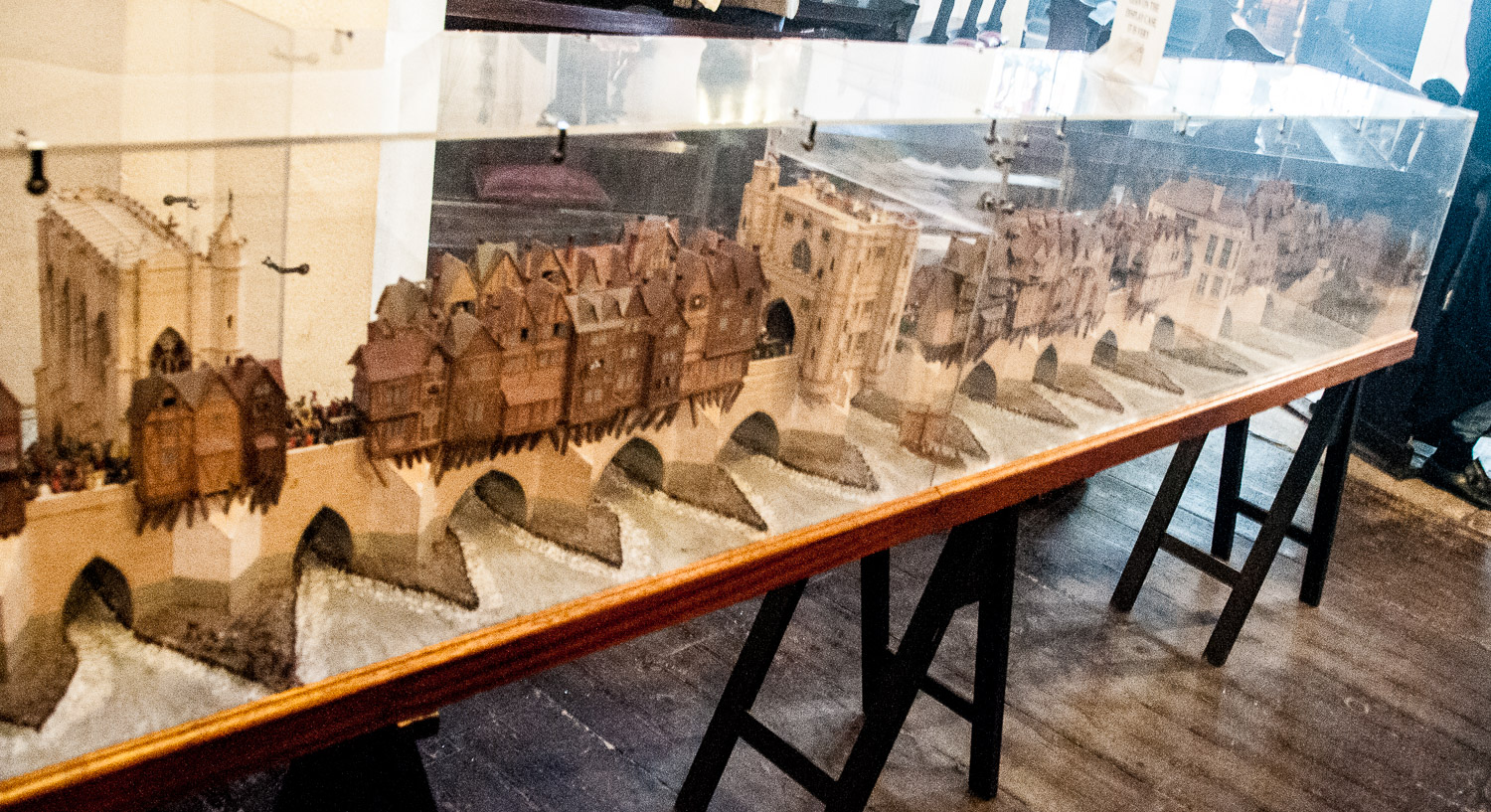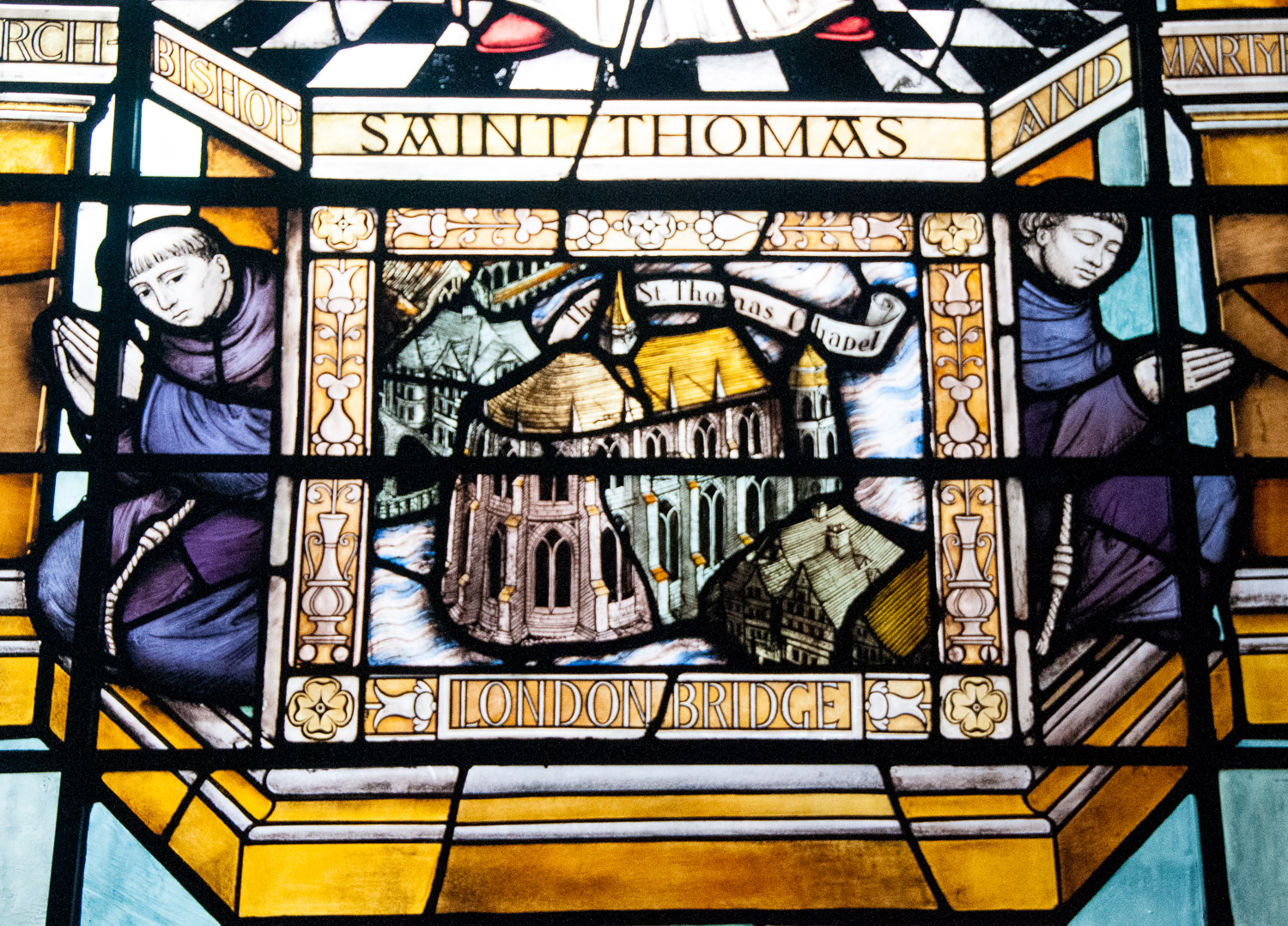Over the last few weeks I have been exploring the City looking at how people have been portrayed in busts, statues and other varieties of portraits. There are a remarkable number of them, particularly if you venture into the churches, so I have just picked some of the ones that I found most interesting.
I will start on a rather sombre note.
This is the beautiful marble war memorial above the concourse at Liverpool Street Station. It contains 1,108 names in alphabetical order and the panel at the top reads as follows:
To the glory of God and in grateful memory of those members of the Great Eastern Railway staff who, in response to the call of their King and Country, sacrificed their lives during the Great War.
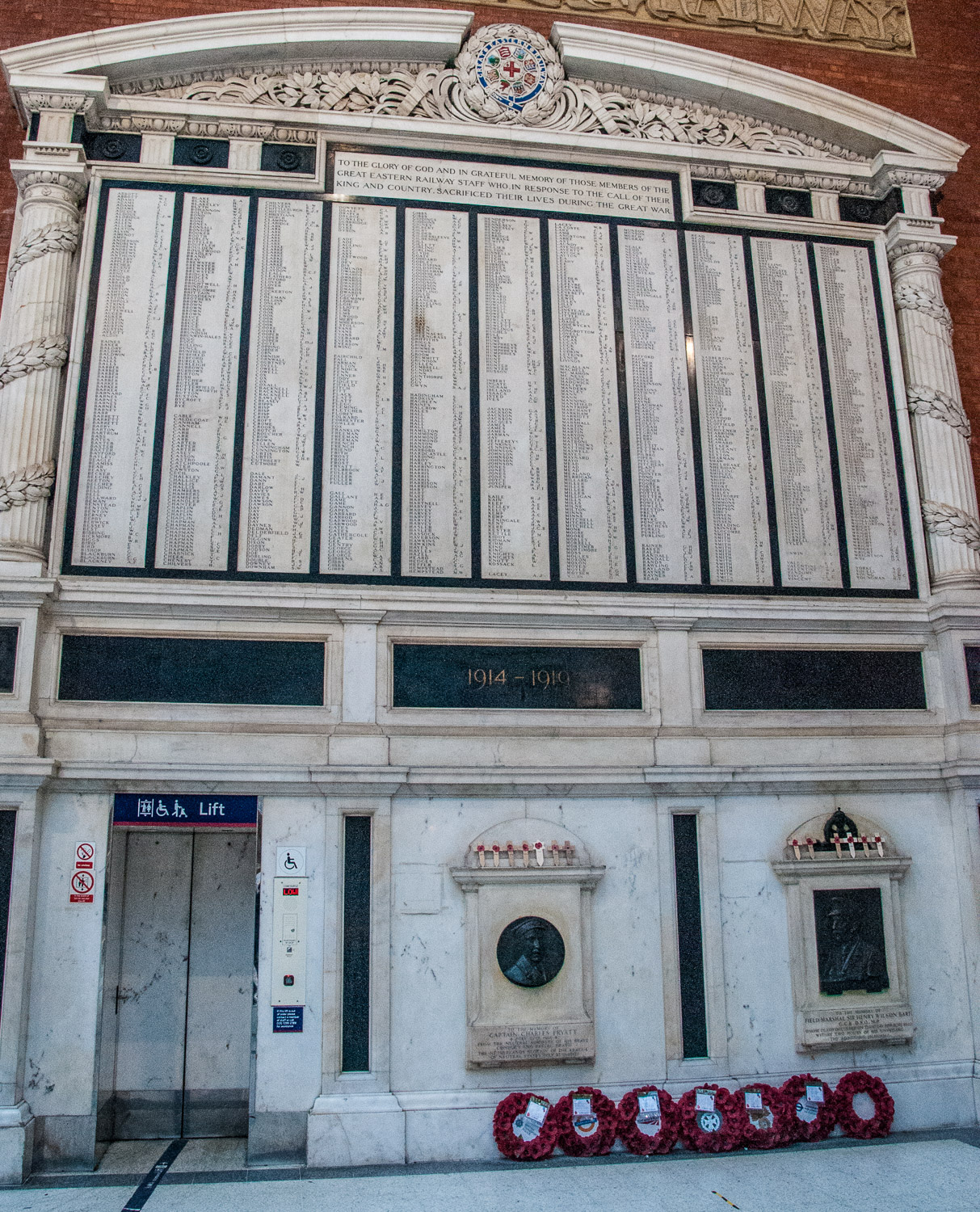
If you look beneath it, you will see two individual memorials containing bronze portraits.
This is the one on the right …
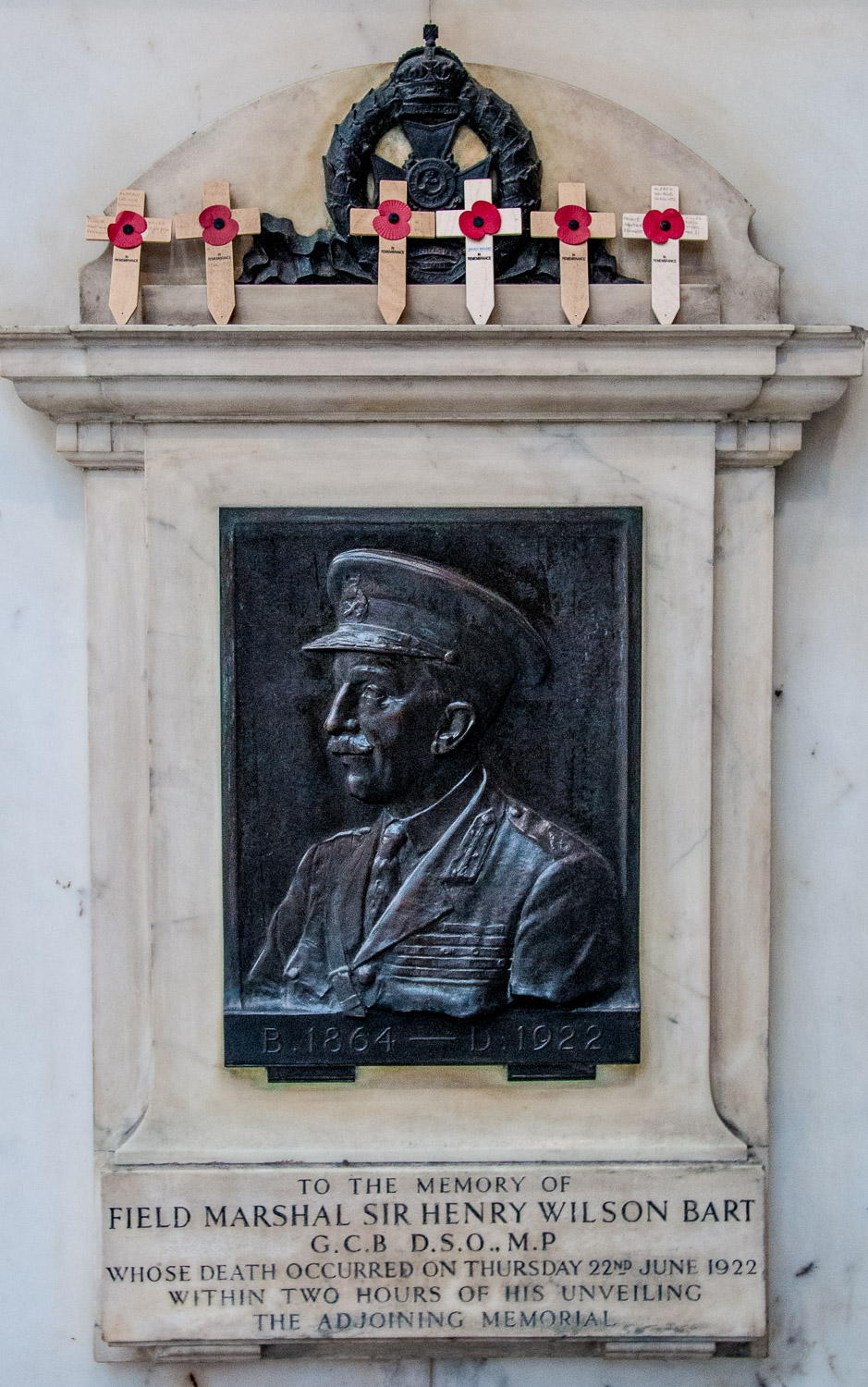
Wilson was assassinated outside his house in Eaton Place at about 2:20 pm. Still in full uniform, he was shot six times, two bullets in the chest proving fatal. The two perpetrators, IRA volunteers Reginald Dunne and Joseph O’Sullivan, shot two police officers and a chauffeur as they attempted to escape but were surrounded by a hostile crowd and arrested after a struggle. Interestingly both were former British army officers and O’Sullivan had lost a leg at Ypres, his subsequent disability hindering their escape. After a trial lasting just three hours they were convicted of murder and hanged at Wandsworth gaol on 10 August that year – justice was certainly delivered swiftly in those days. No organisation claimed responsibility for Wilson’s murder.
This magnificent bust of William Shakespeare is in St Mary Aldermanbury Garden, Love Lane EC2 …
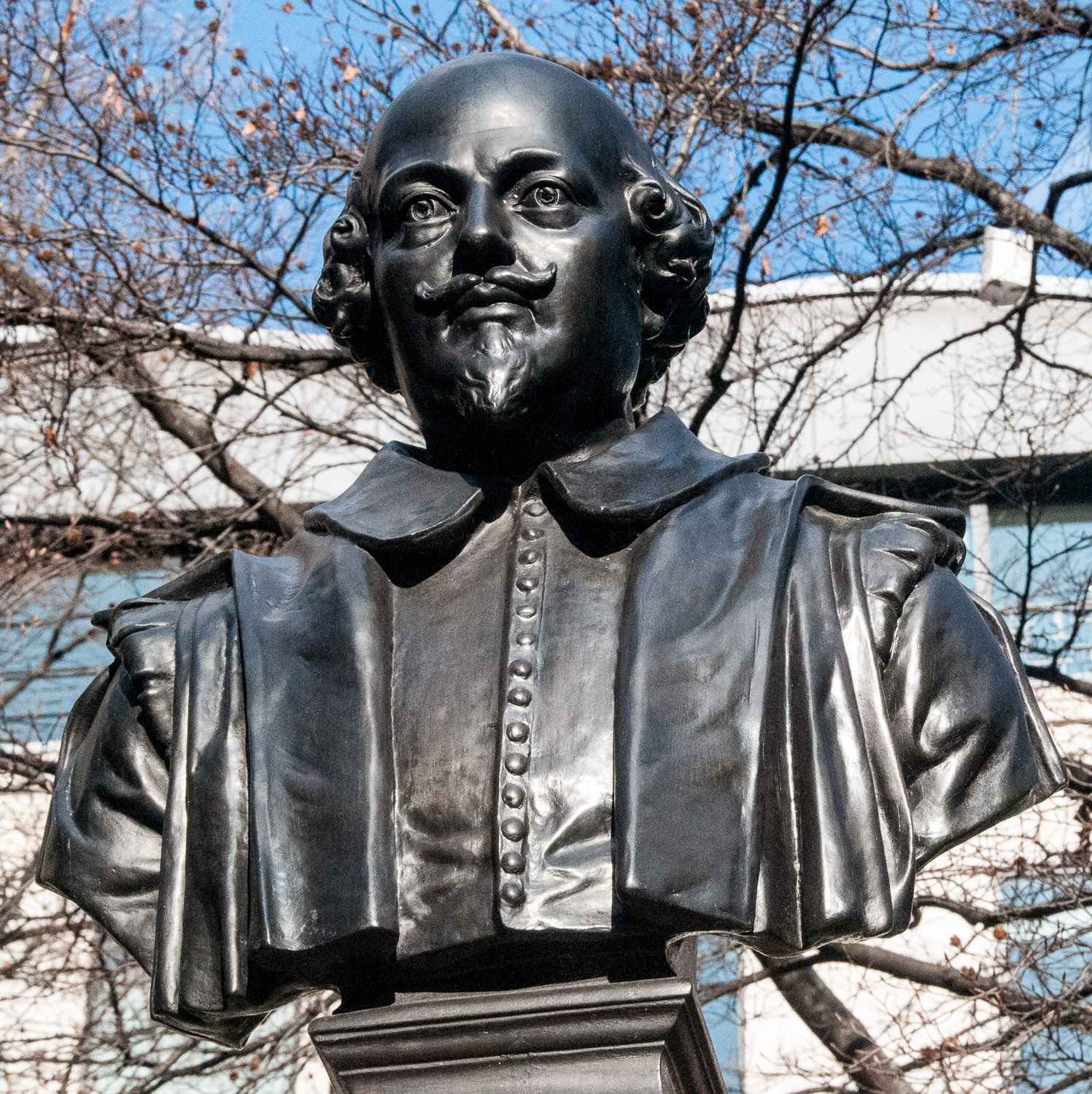
Designed by Charles Clement Walker and sculpted in 1896 by Charles John Allen.
A Wren church gutted in the Blitz, the remains of St Mary Aldermanbury were shipped to Fulton, Missouri, USA in 1966. The restored church now is now a memorial to Winston Churchill’s ‘Iron Curtain’ speech made at Westminster College, Fulton, in 1946.
The Shakespeare bust in the garden stands as a memorial to his fellow actors Henry Condell and John Heminge who were key figures in the printing of the playwright’s First Folio of works seven years after his death. There are almost twenty plays by Shakespeare, including The Tempest, Julius Caesar, Macbeth and Antony and Cleopatra, which we would not have at all if it were not for their efforts. Both of them were buried at St Mary’s.
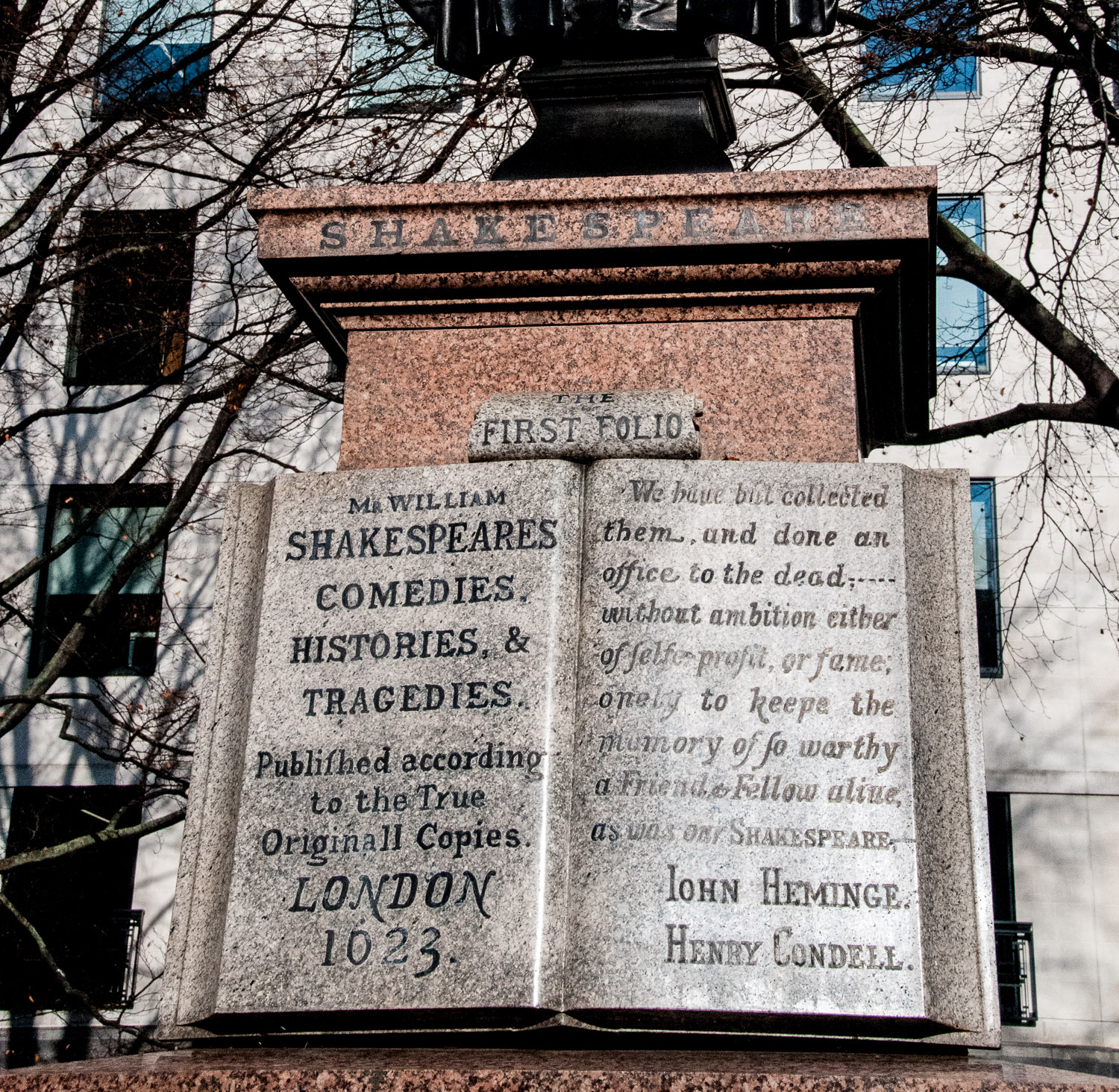
Outside the south side of St Paul’s Cathedral is this rather handsome bearded gentleman …
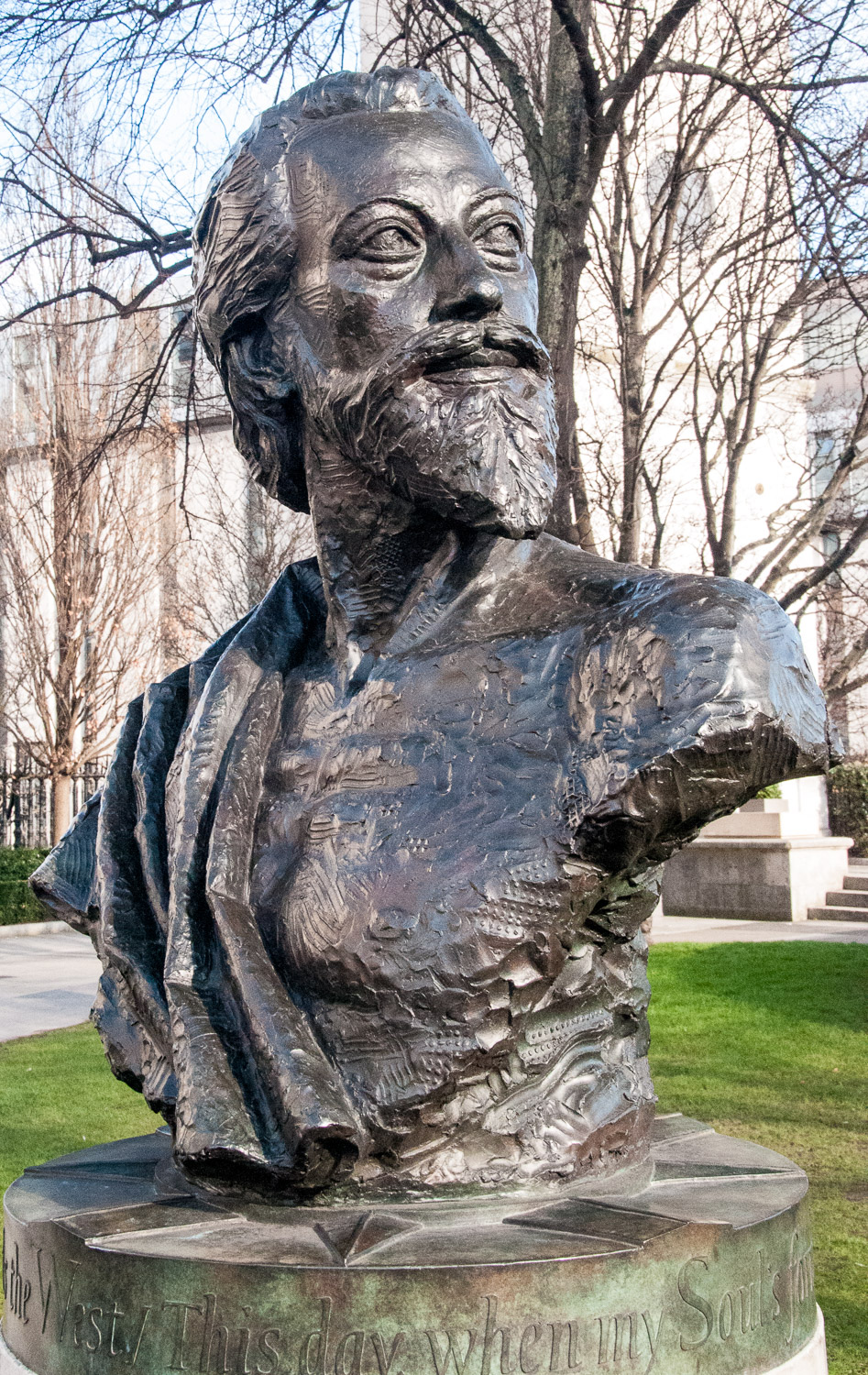
John Donne 1572-1631 by Nigel Boonham (2012).
In 1617, two years after his ordination, Donne’s wife died at age 33 after giving birth to a stillborn child, their twelfth. Grief-stricken at having lost his emotional anchor, Donne vowed never to marry again, even though he was left with the task of raising his ten surviving children in modest financial circumstances. His bereavement turned him fully to his vocation as an Anglican divine and, on November 22, 1621, Donne was installed as Dean of St. Paul’s Cathedral. The power and eloquence of his sermons soon secured for him a reputation as the foremost preacher in the England of his day, and he became a favourite of both Kings James I and Charles I.
His bust points almost due west but shows him turning to the east towards his birthplace on Bread Street. The directions of the compass were important to Donne in his metaphysical work: east is the Rising Sun, the Holy Land and Christ, while west is the place of decline and death. Underneath the bust are inscribed words from his poem Good Friday – Riding Westward :
Hence is’t that I am carried towards the west, This day when my soul’s form bends to the east
The most familiar quotation from Donne comes from his Meditation XVII – Devotions upon Emergent Occasions published in 1624:
‘No man is an island, entire of itself; every man is a piece of the continent, a part of the main … and therefore never send to know for whom the bell tolls, it tolls for thee.’
Donne is also famous for the fact that his effigy in St Paul’s Cathedral was the only one to survive the Great Fire of 1666 almost intact (you can still see scorch marks on the urn). You have to enter the cathedral to see it.

The effigy by Nicholas Stone
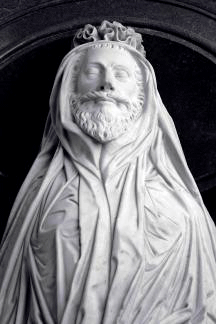
Dr Philip Cottrell of University College Dublin describes it as follows:
Donne is shown standing, perched on a funerary urn, and enveloped in a body-hugging burial shroud which has been gathered into two decorative ruffs at the head and feet … The clean, moist appearance of the drapery and the softly-nuanced modelling of the features testify to Stone’s position as the finest sculptor of the English Baroque.
The inscription on this statue of John Wilkes in Fetter Lane EC4 reads as follows:
A champion of English freedom, John Wilkes 1727-1797, Member of Parliament, Lord Mayor.
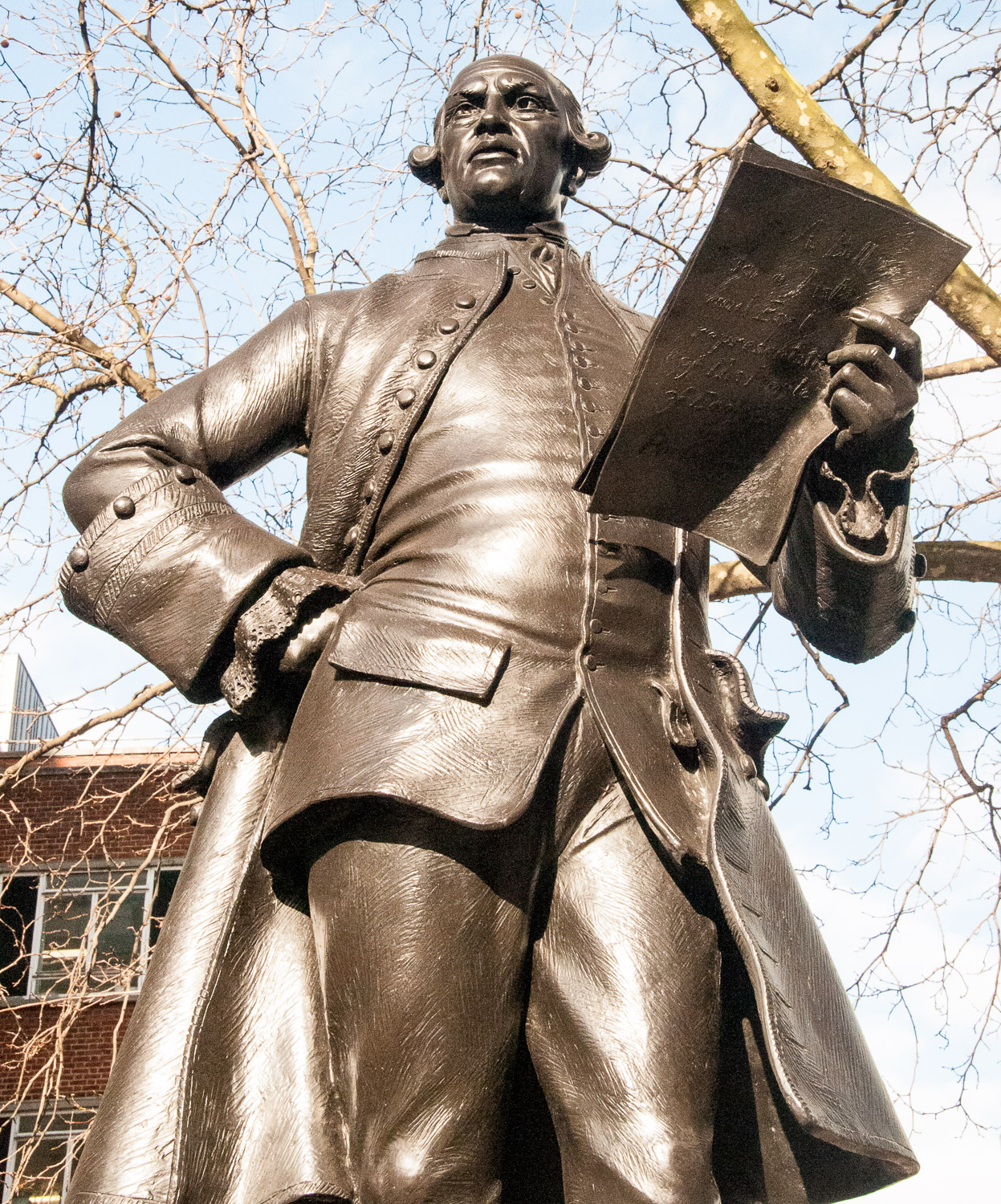
The inscription on the back of the document he is holding reads ‘A bill for a just and equal representation of the people of England in Parliament’.
English History Online writes of him:
In 1774 that clever rascal, John Wilkes, ascended the civic throne … Young Wilkes grew up a man of pleasure, squandered his wife’s fortune in gambling and other fashionable vices, and became a notorious member of the Hell Fire Club
Wilkes’ career is so extraordinary that I gave up trying to devise edited highlights – please forgive me for cheating and quoting this summary from The Geograph website …
The remarkable Mr Wilkes was a radical, politician, wit, rake, journalist, Lord Mayor of London, prankster and member of The Hellfire Club.
He was repeatedly expelled from The House of Commons and even once declared an outlaw. He is described on the plinth as a “Champion of English freedom” though he was disparagingly known as “the ugliest man in England” by some …. ‘he could woo any woman in competition with any man, provided he was given a month’s start on account of his ugliness.’
Reputedly, John Montagu, the 4th Earl of Sandwich said to Wilkes “Sir, I do not know whether you will die on the gallows or of the pox,” Wilkes replied, “That depends, my lord, on whether I embrace your lordship’s principles or your mistress.”
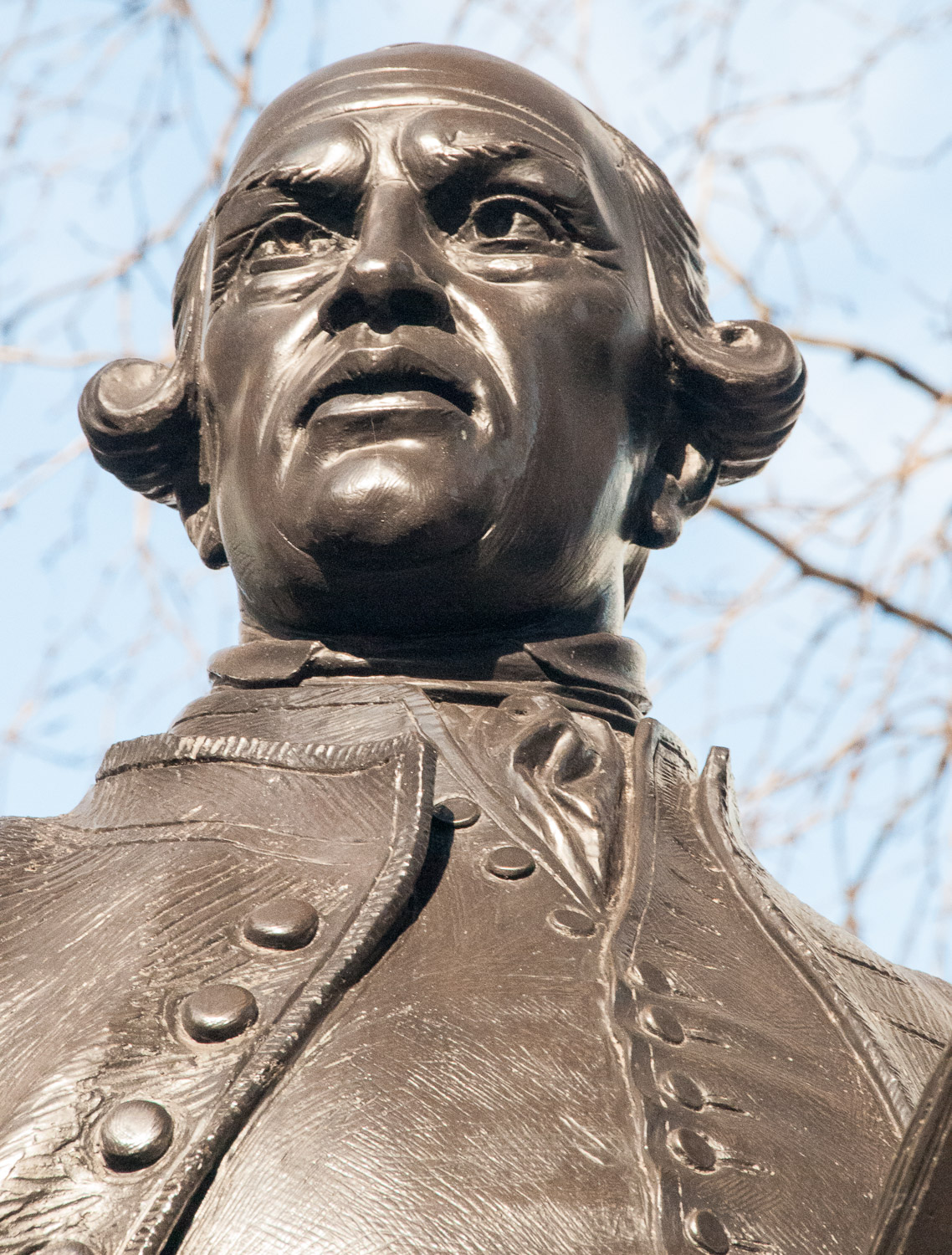
Wilkes’ famous squint has been honestly represented by the sculptor, James Butler RA
Although hated by some, Wilkes has also been described as …
The father of the political system we have today and a major influence on that adopted by America: he established freedom of the press as we know it, argued for yearly elections and the abolition of rotten boroughs, and was the first MP to propose universal suffrage in the Commons.
And finally, in my local church, St Giles-without-Cripplegate, there is this touching memorial to Sir William Staines …
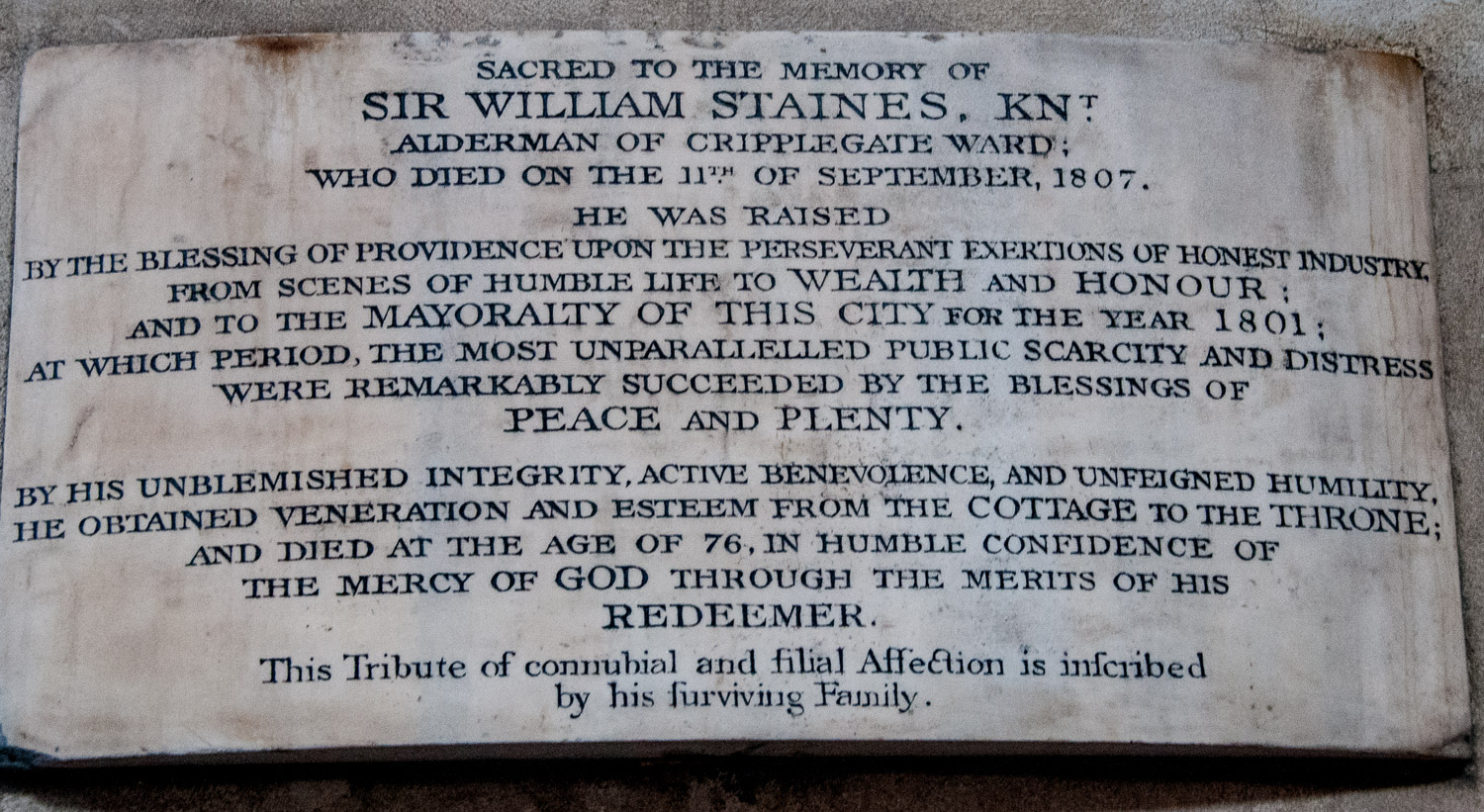
And here is the man himself …

Staines had extremely humble beginnings working as a bricklayer’s labourer, but eventually accumulated a large fortune which he generously used for philanthropic purposes. He seemed to recall his own earlier penury when he ensured that the houses he built for ‘aged and indigent’ folk would have ‘nothing to distinguish them from the other dwelling-houses … to denote the poverty of the inhabitant’.
British History Online records an encounter he had with the notorious Wilkes who referred rather rudely to Staines’ original occupation …
The alderman was an illiterate man, and was a sort of butt amongst his brethren. At one of the Old Bailey dinners, after a sumptuous repast of turtle and venison, Sir William was eating a great quantity of butter with his cheese. “Why, brother,” said Wilkes, “you lay it on with a trowel!”
